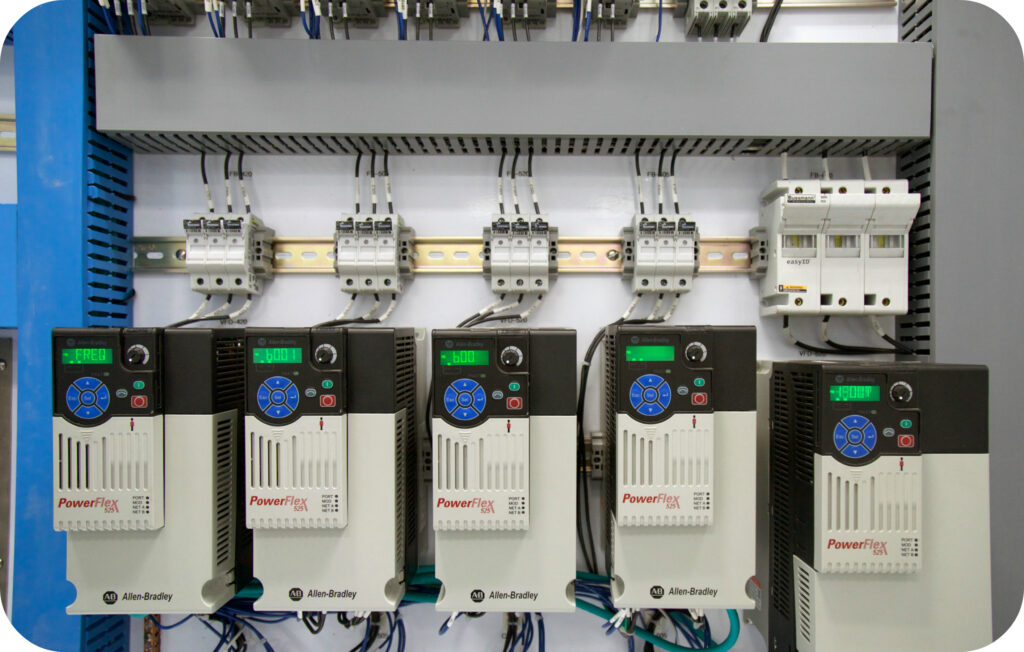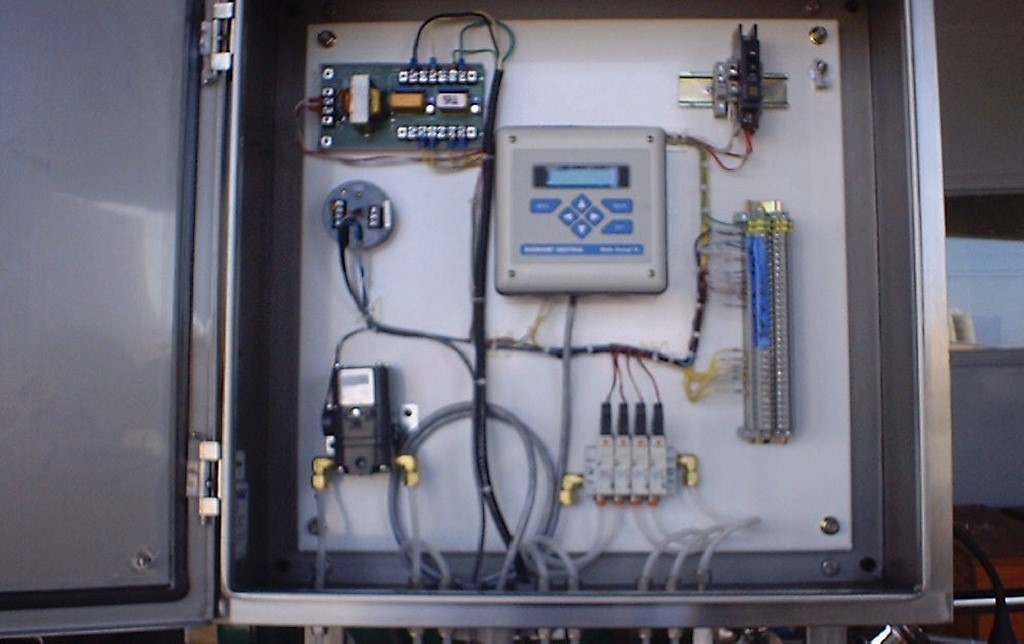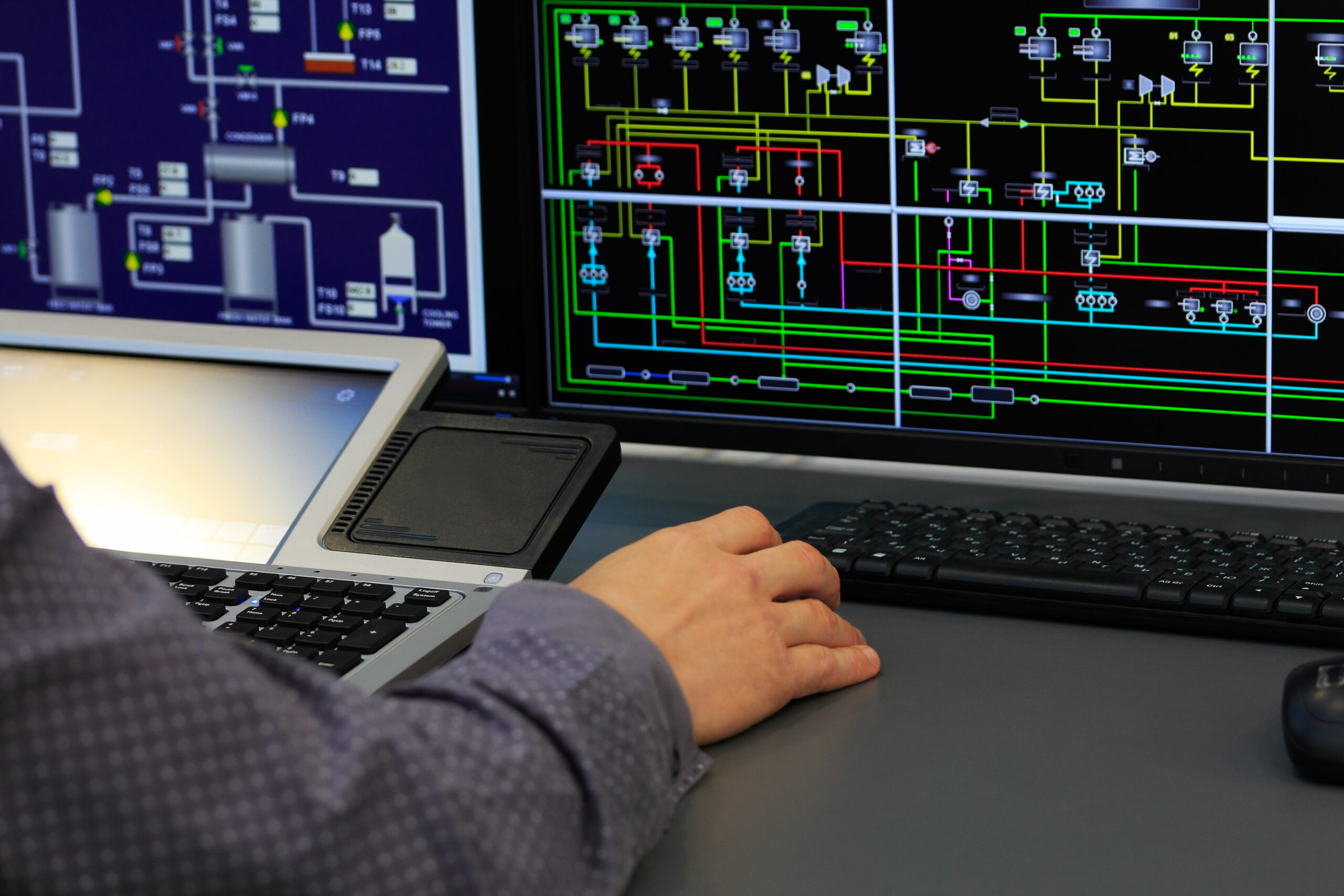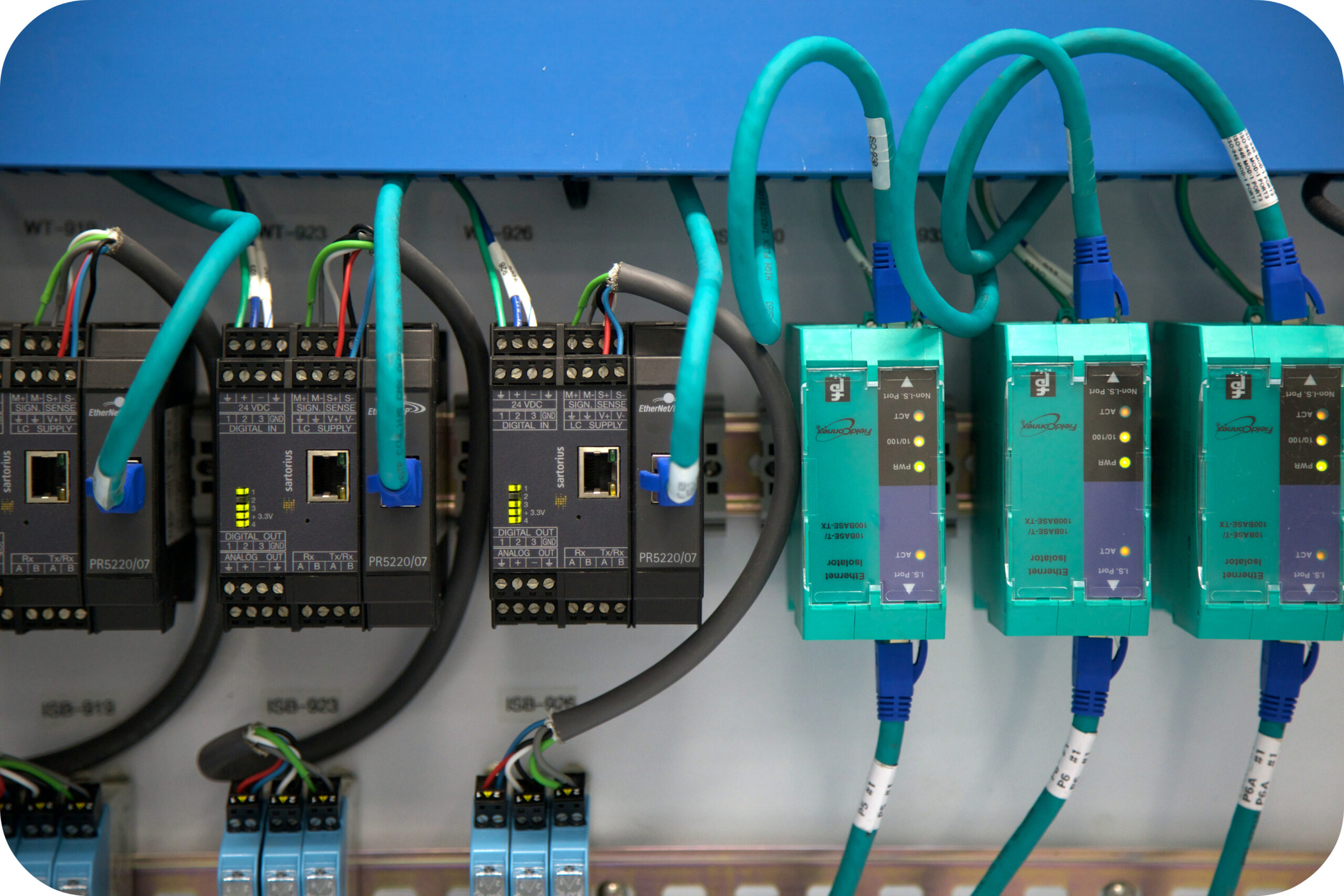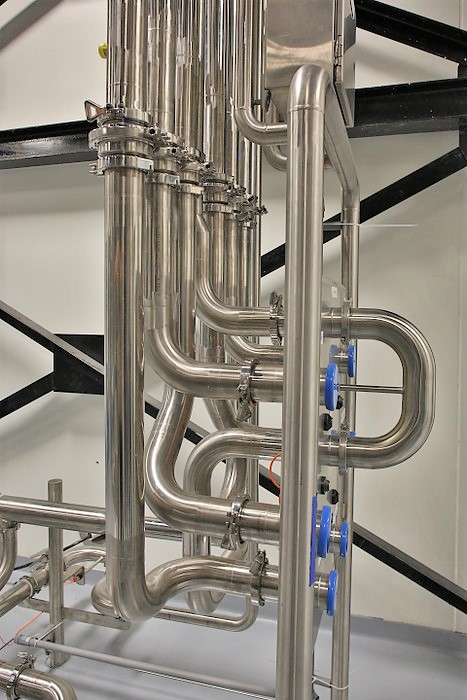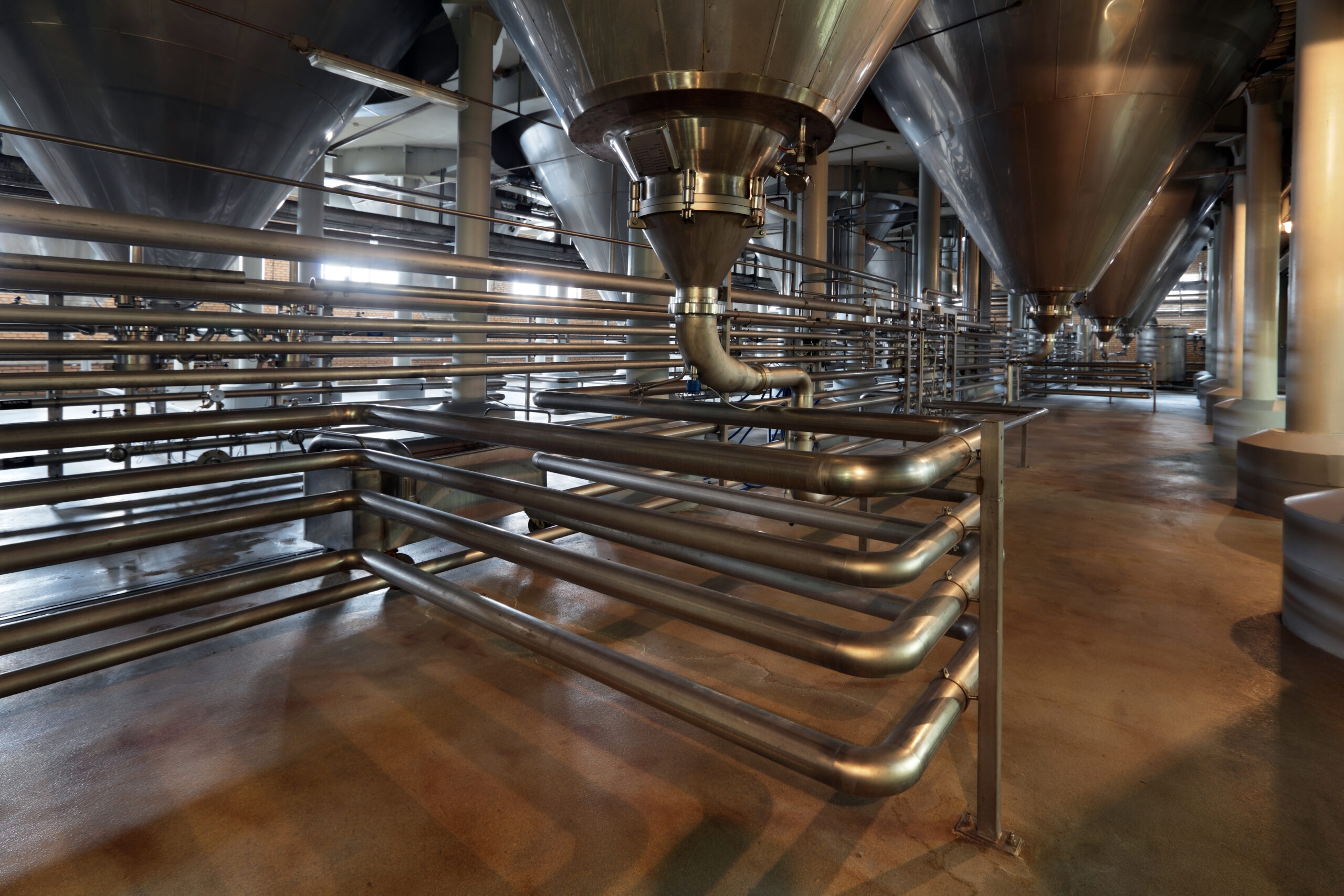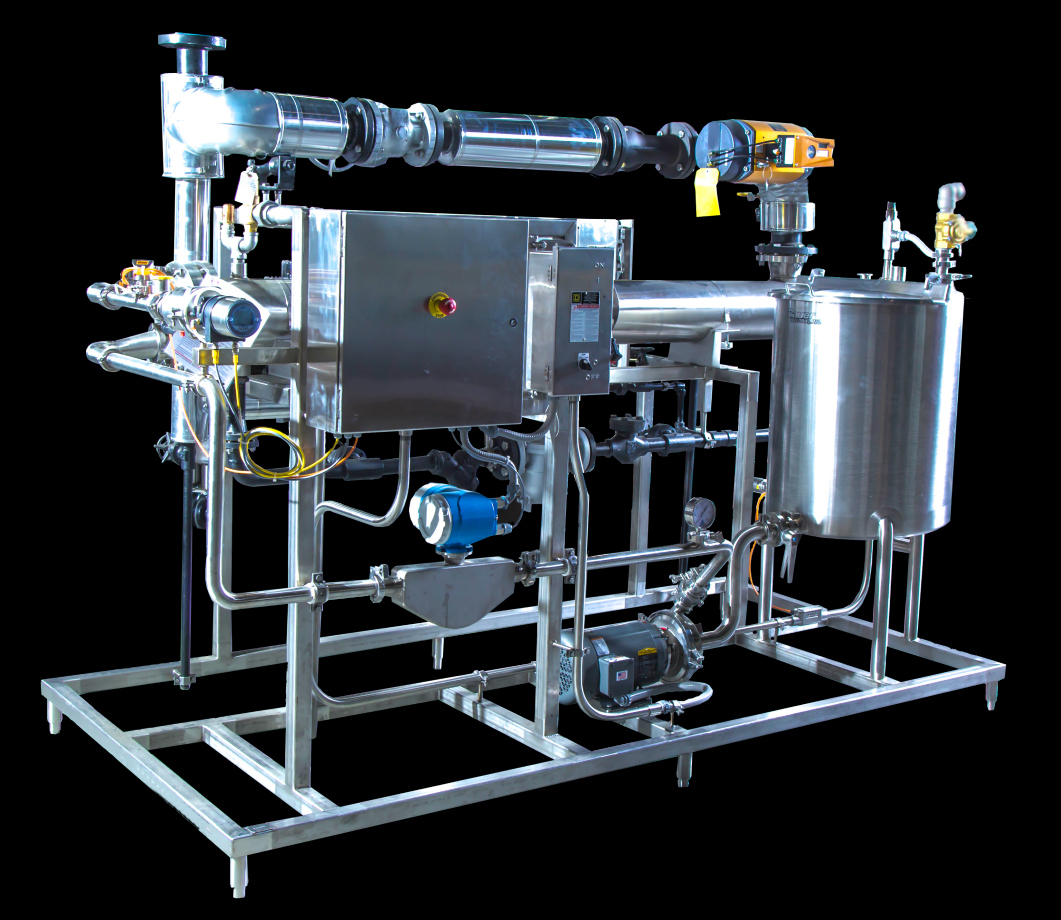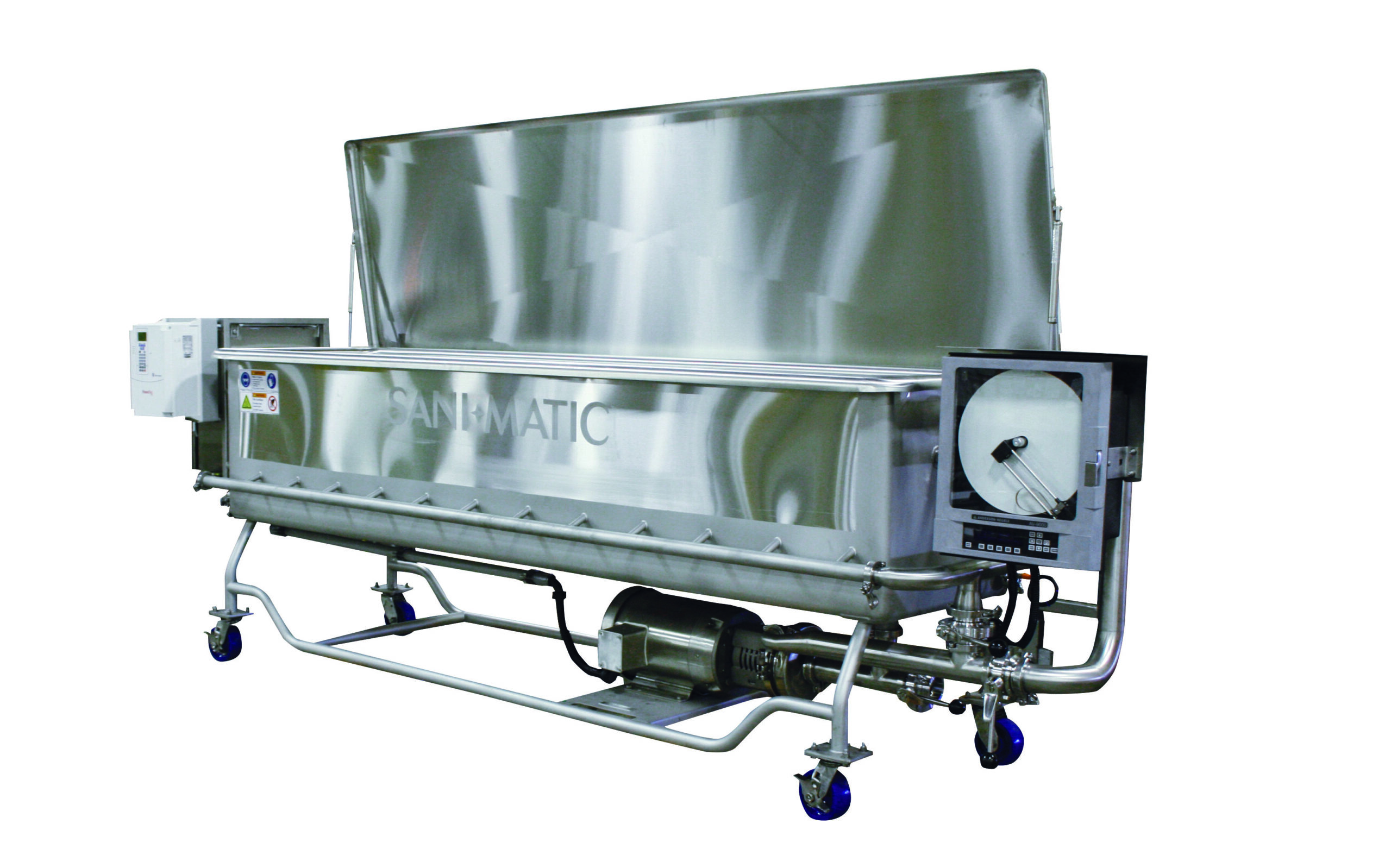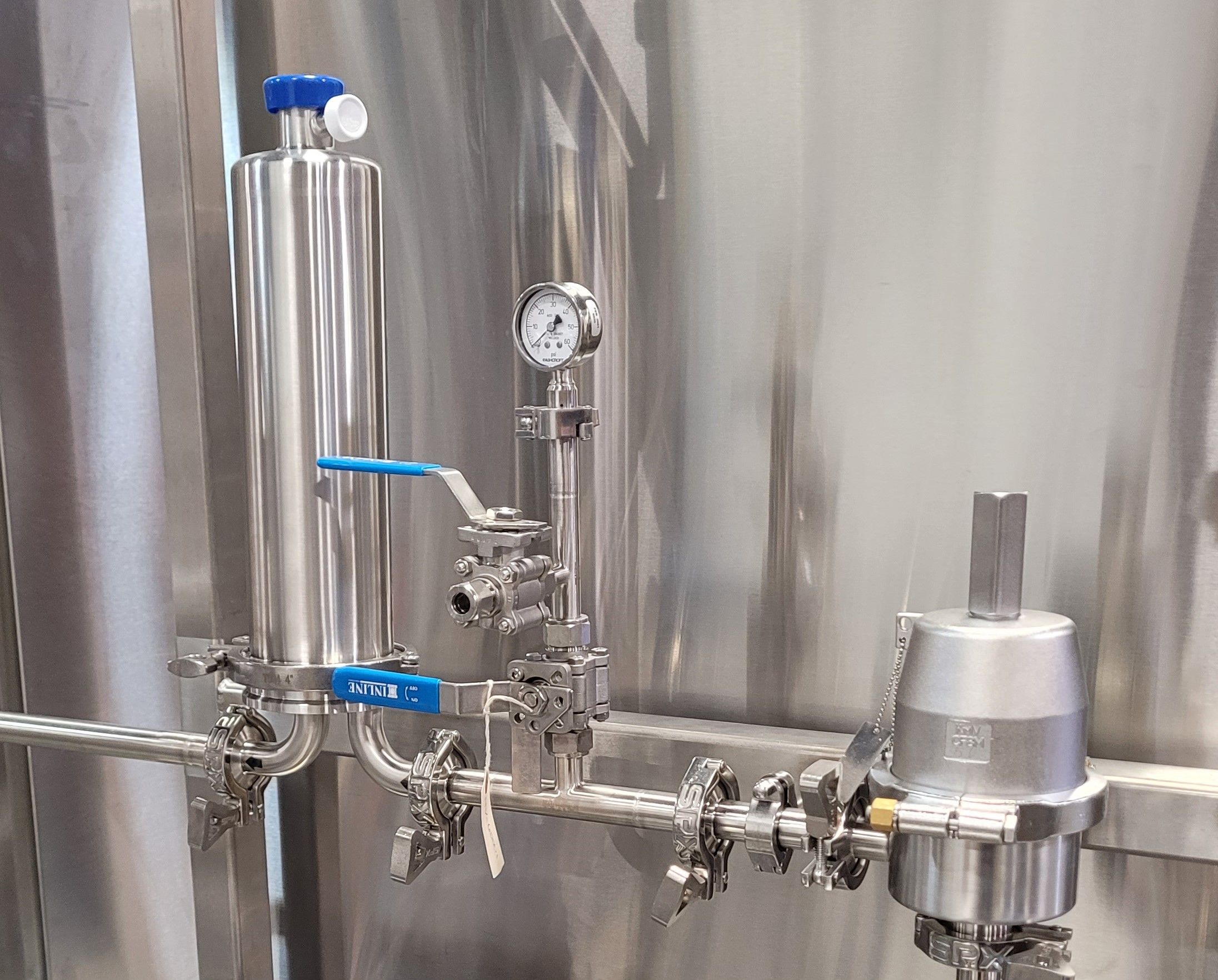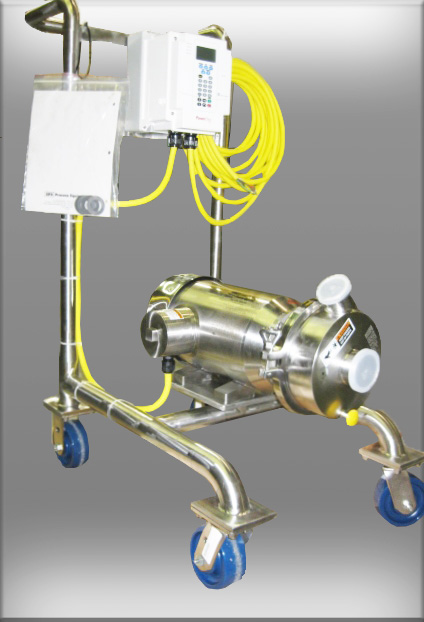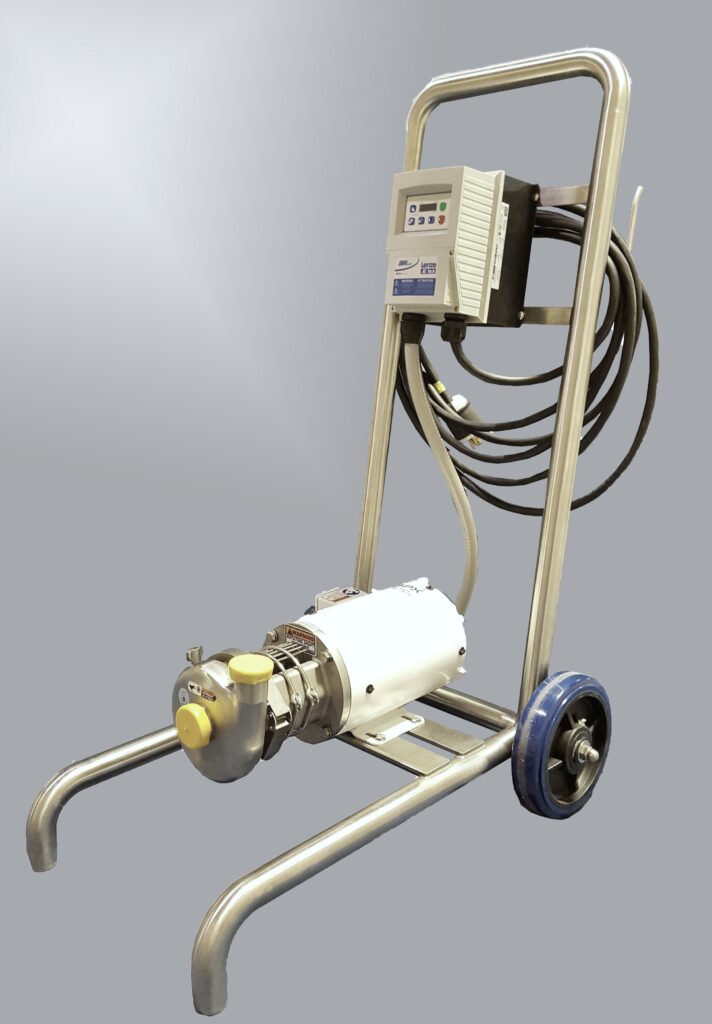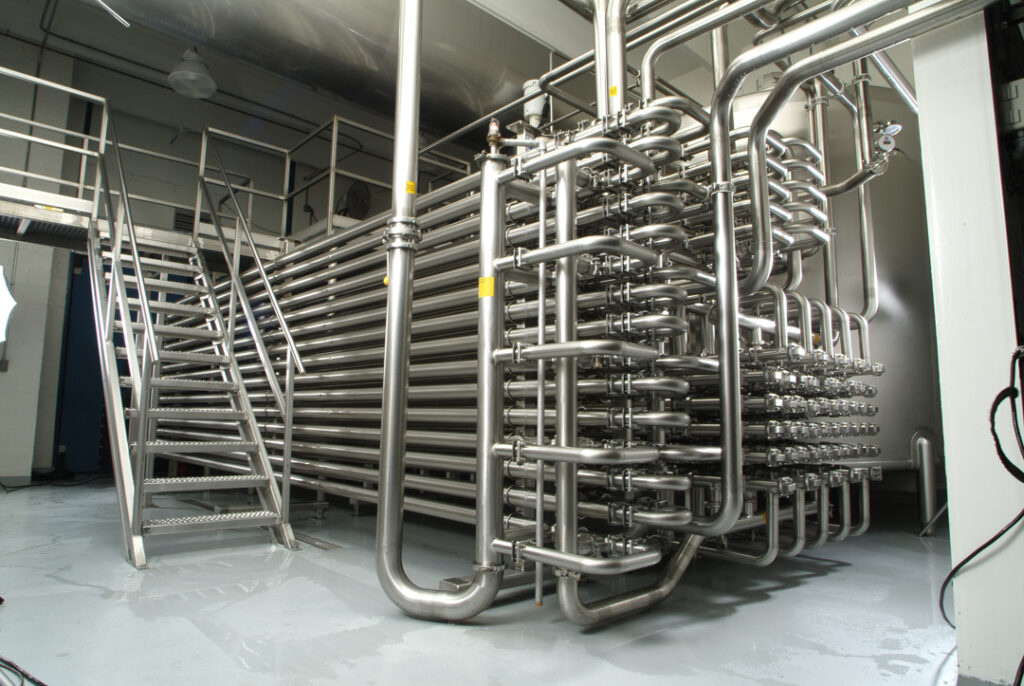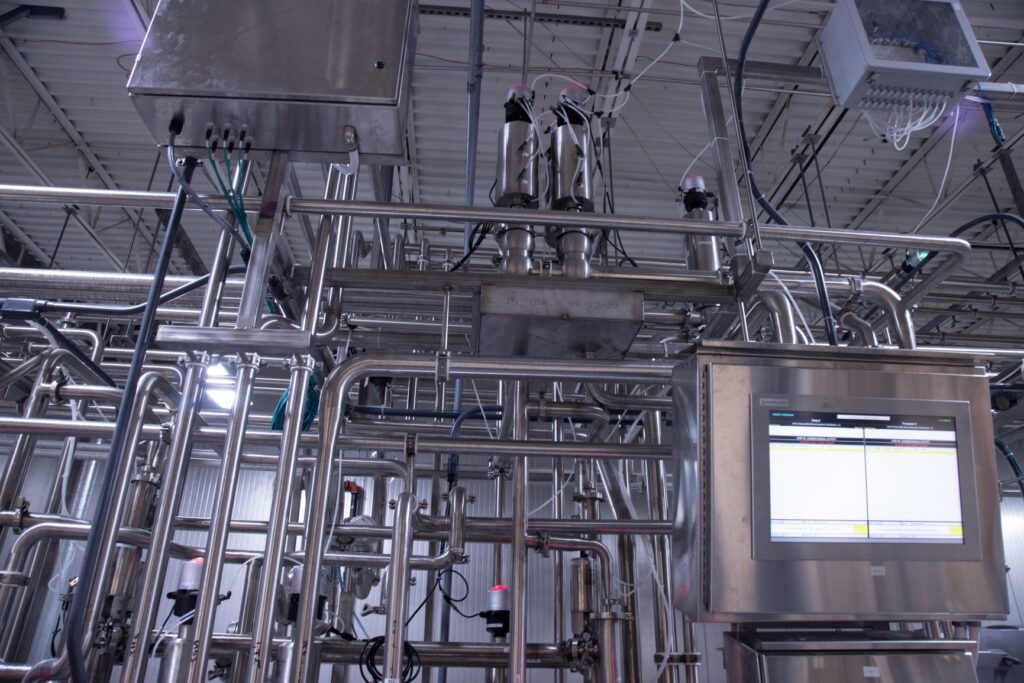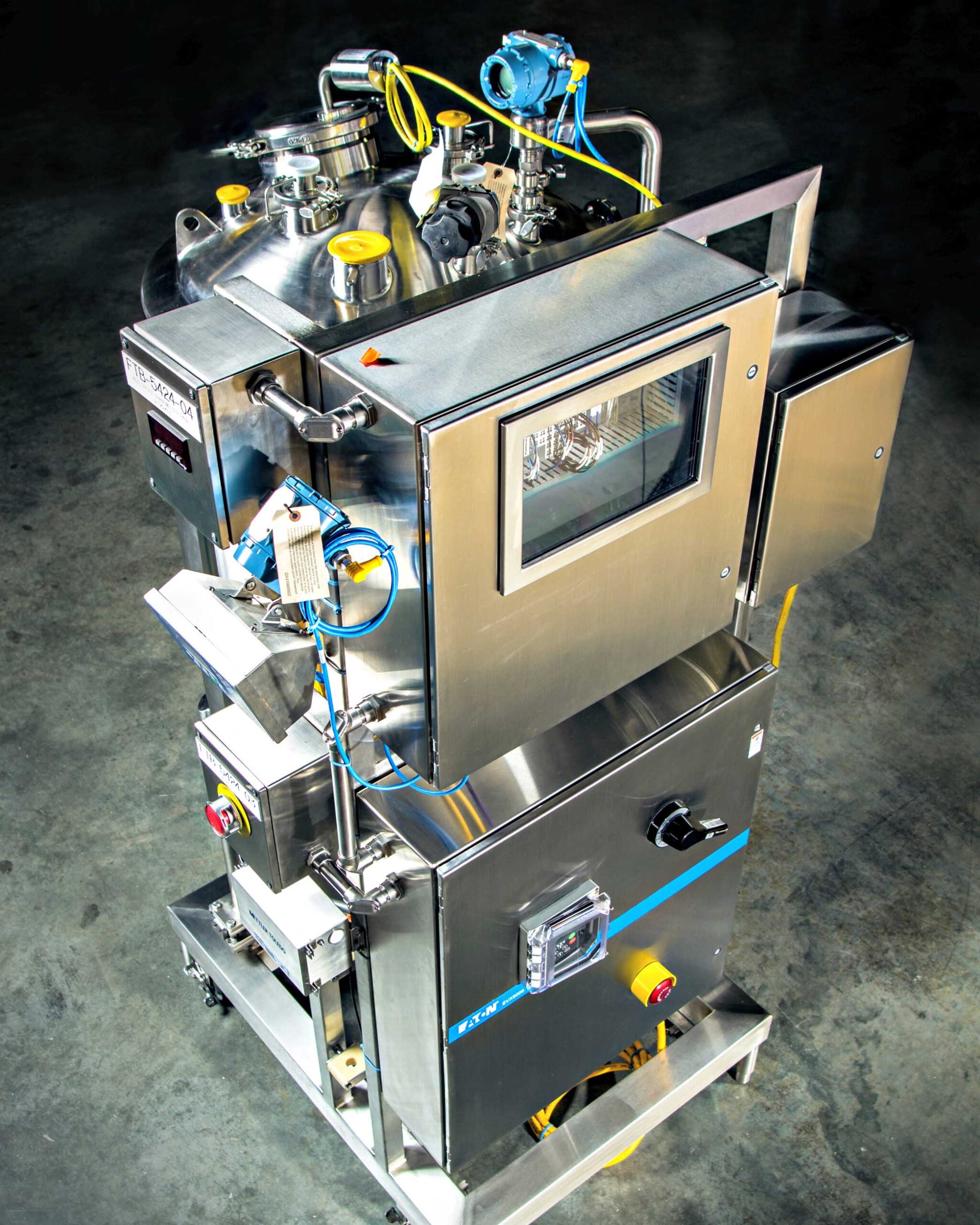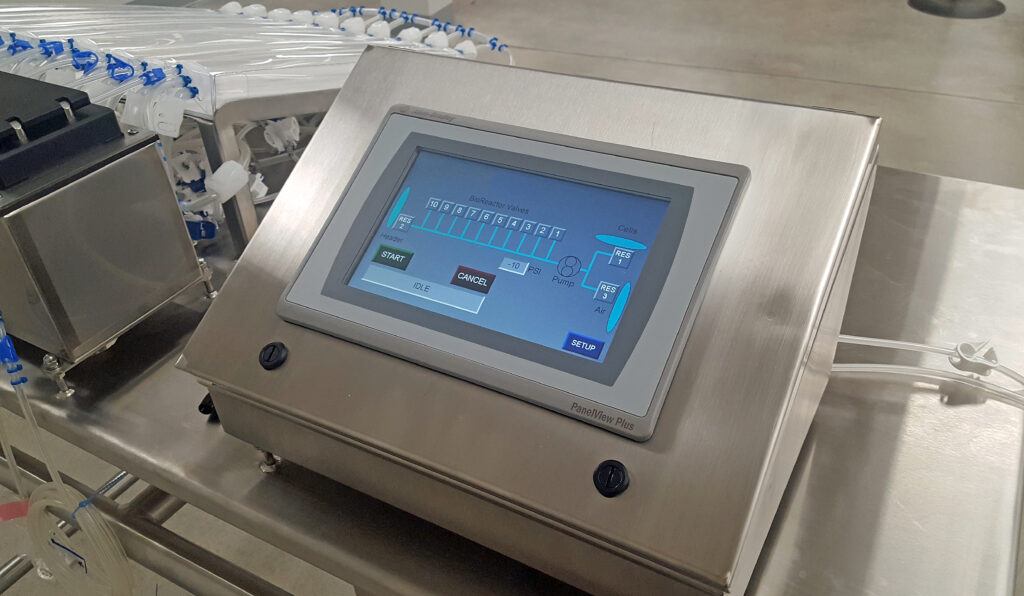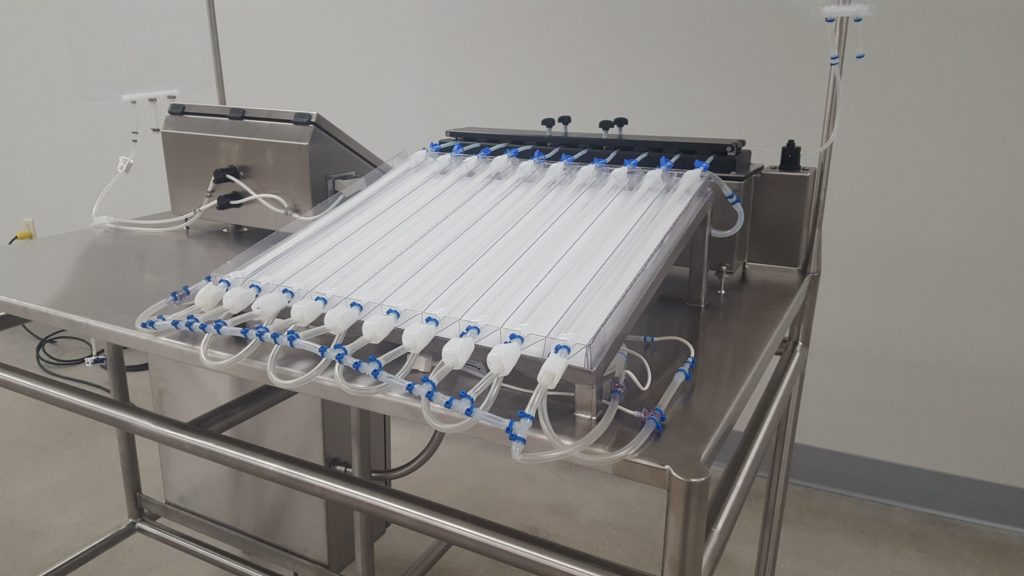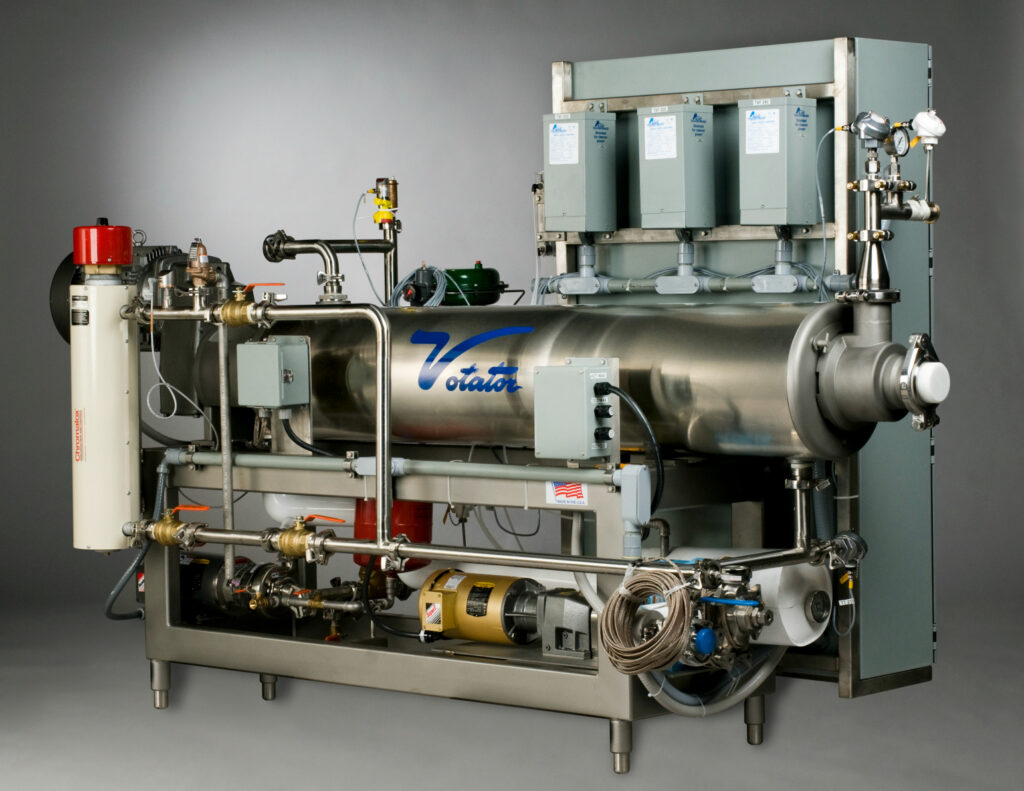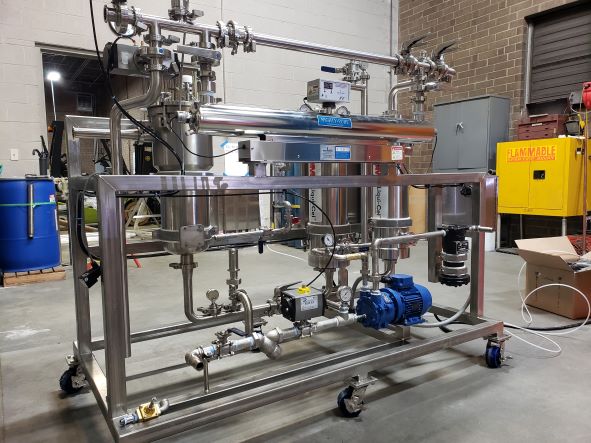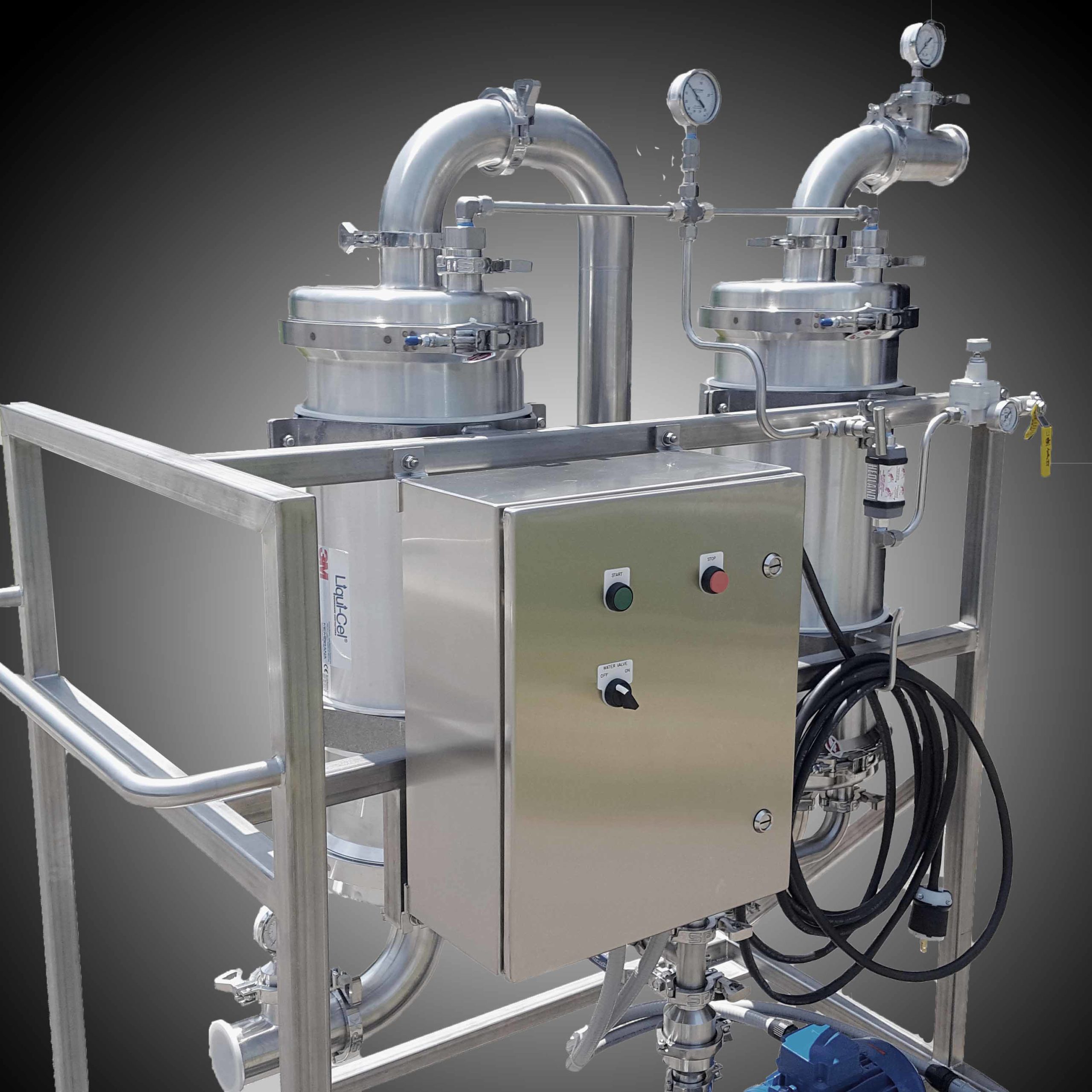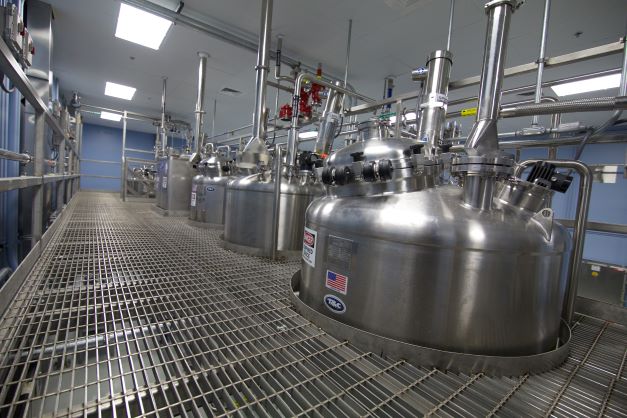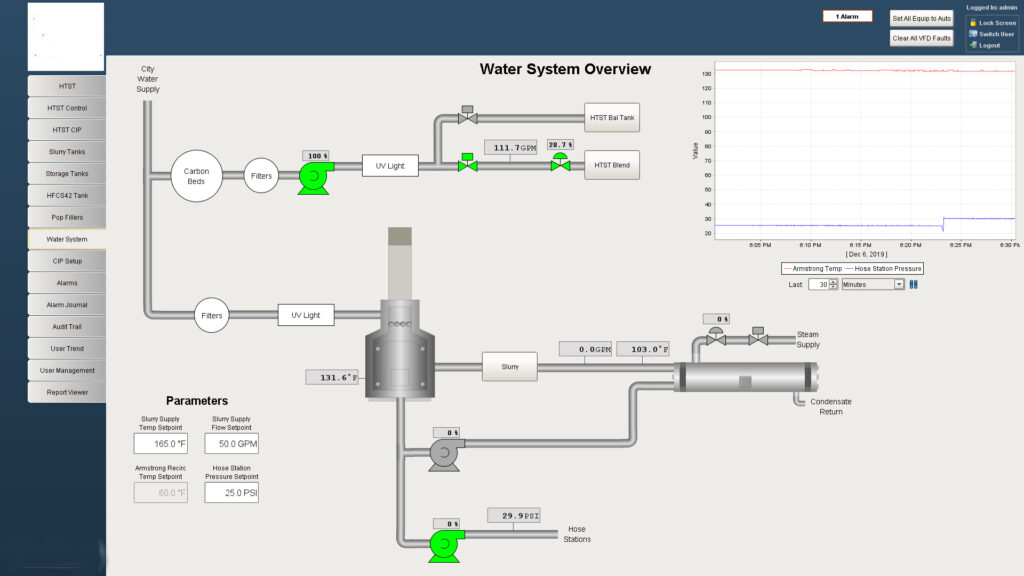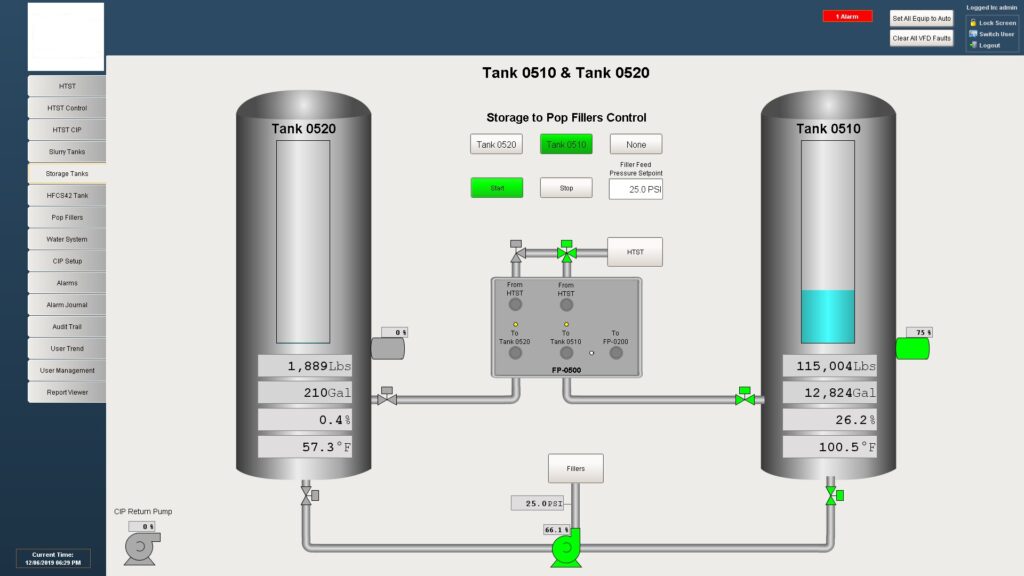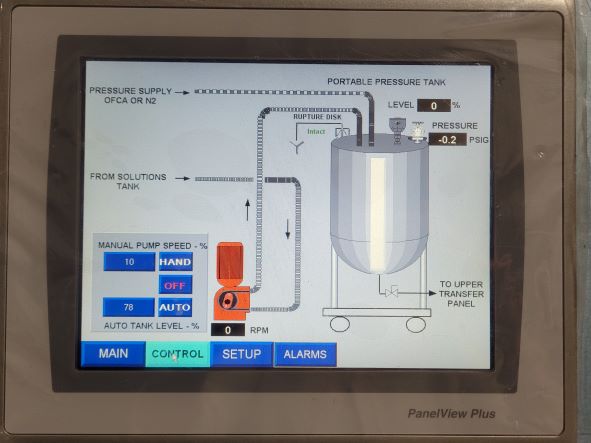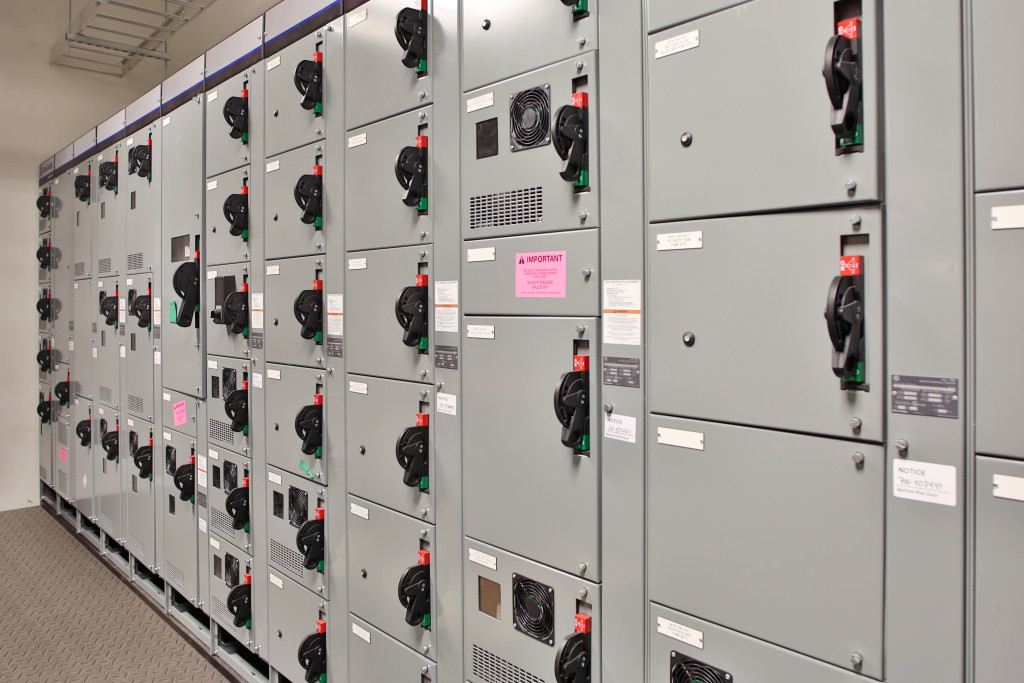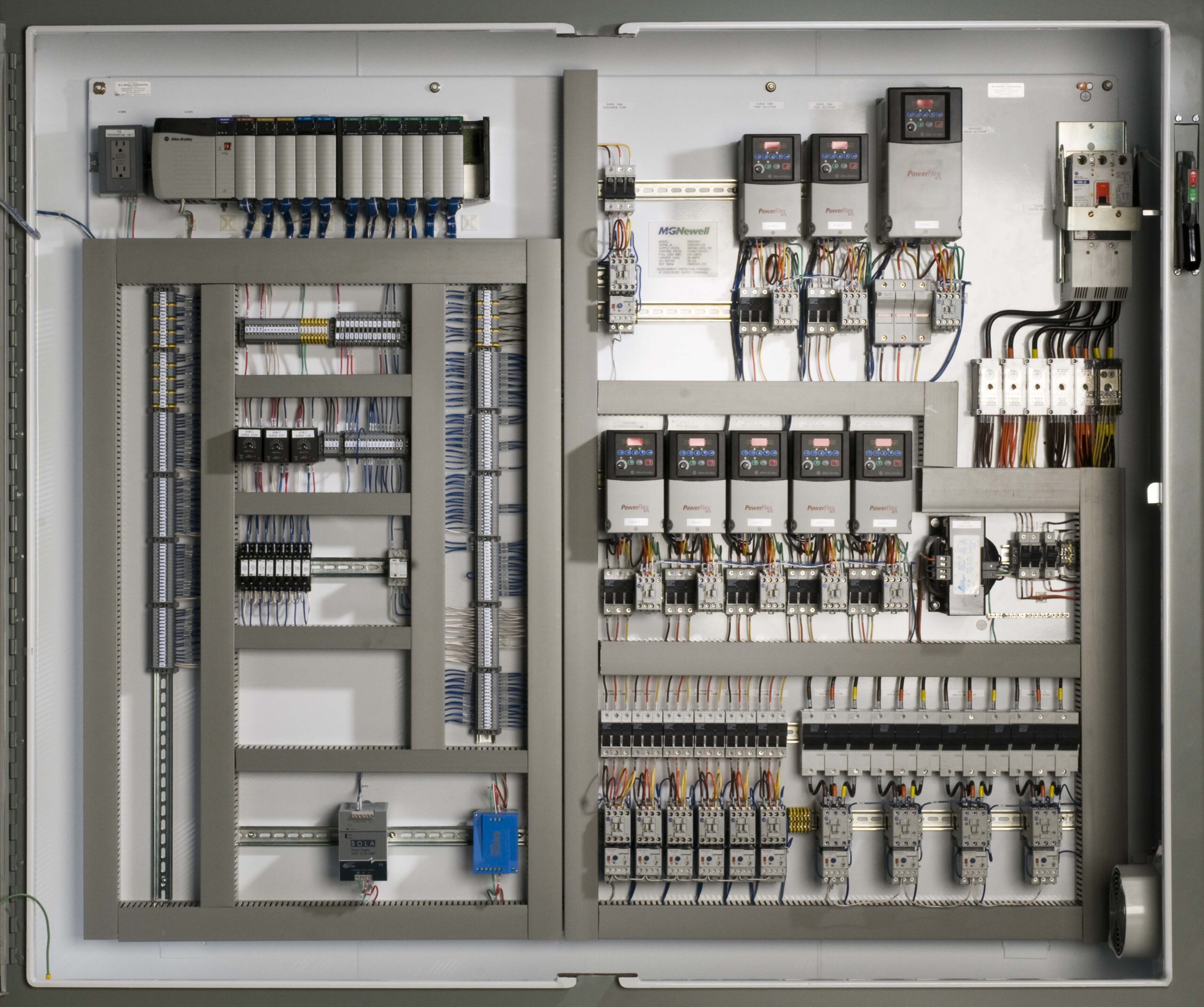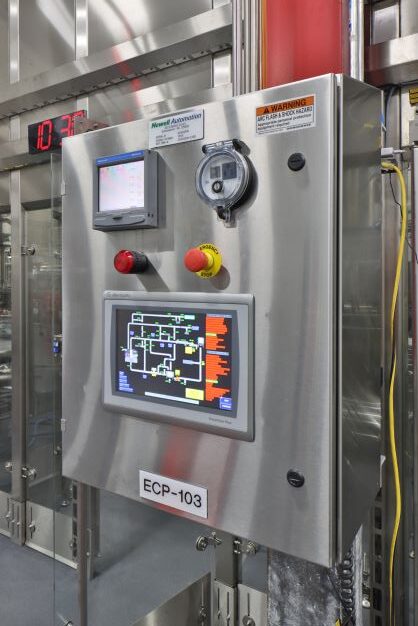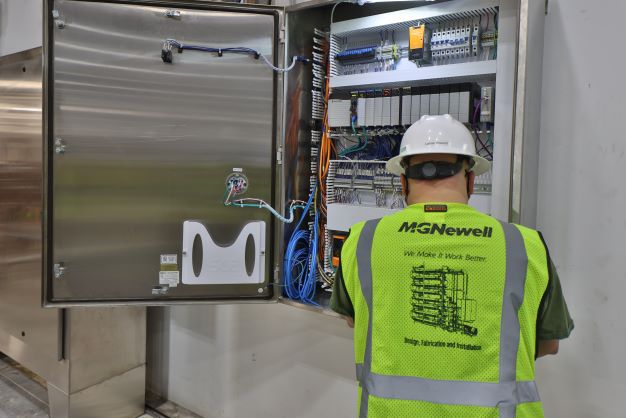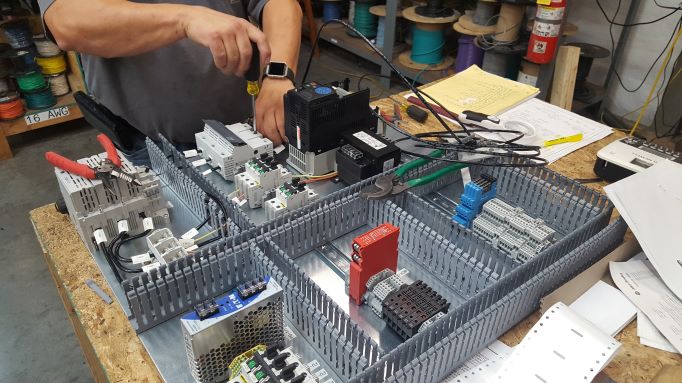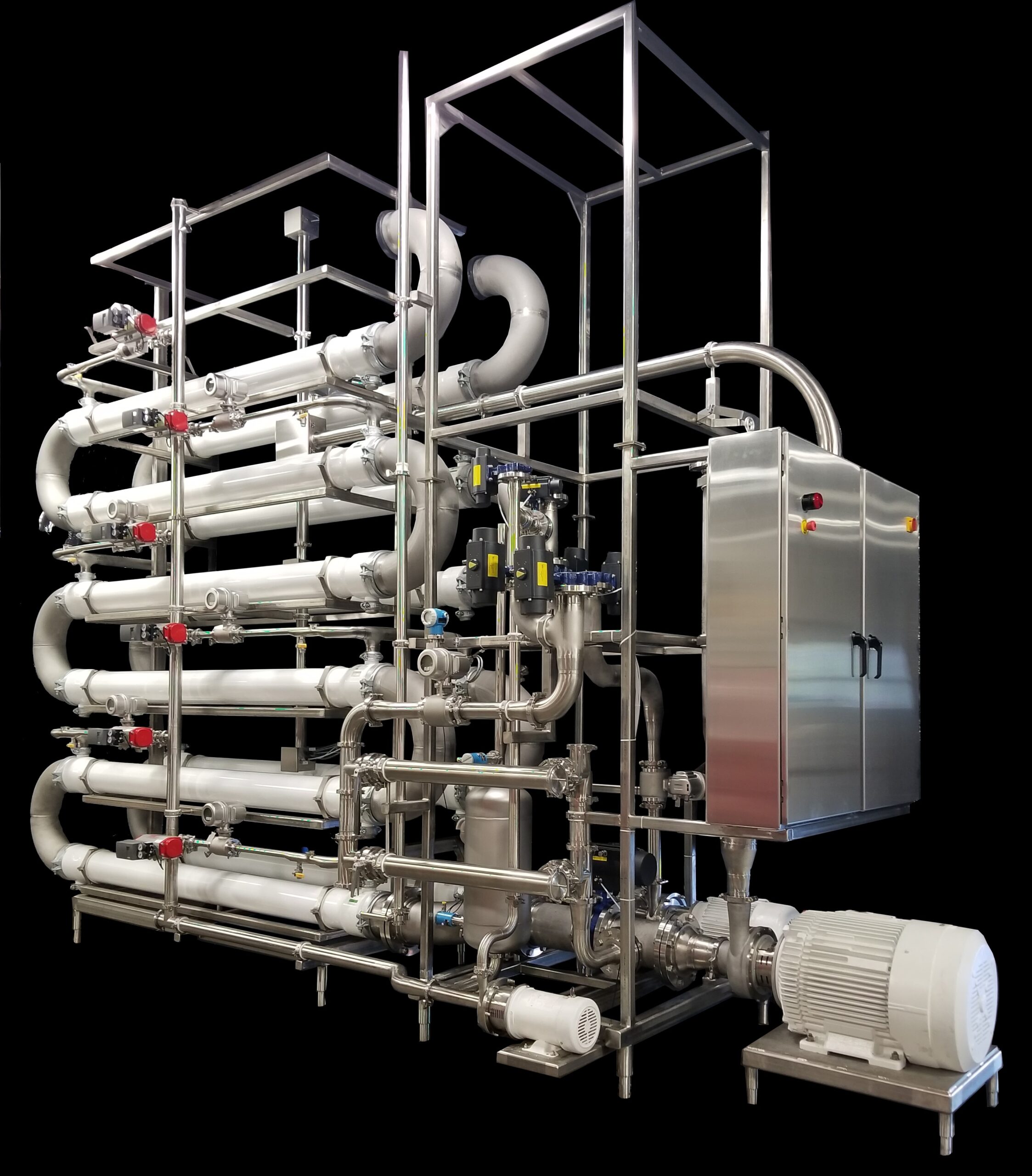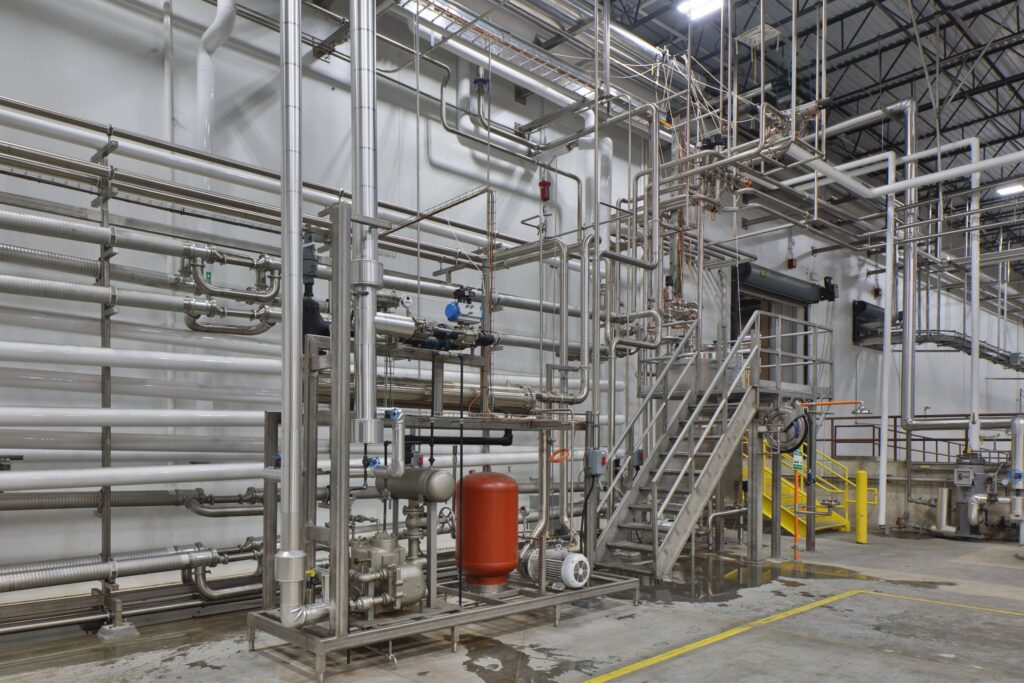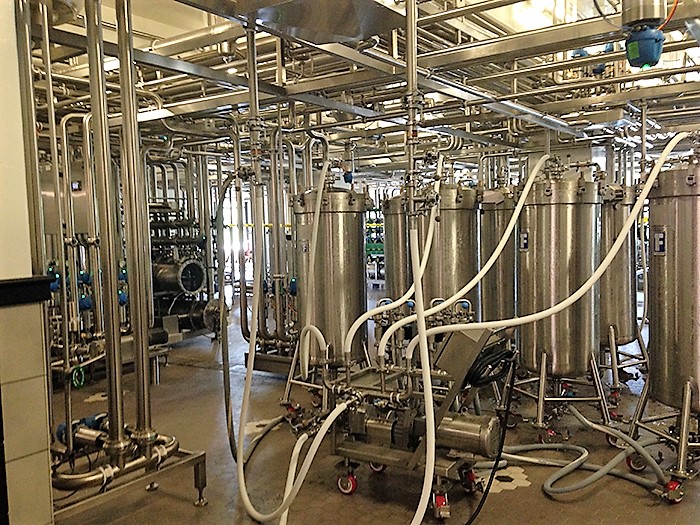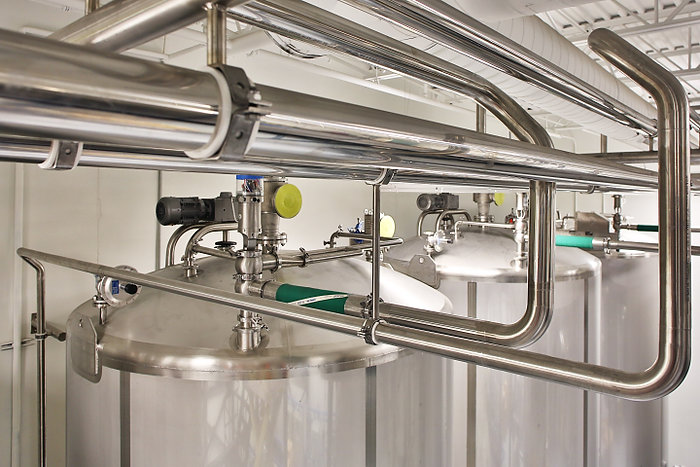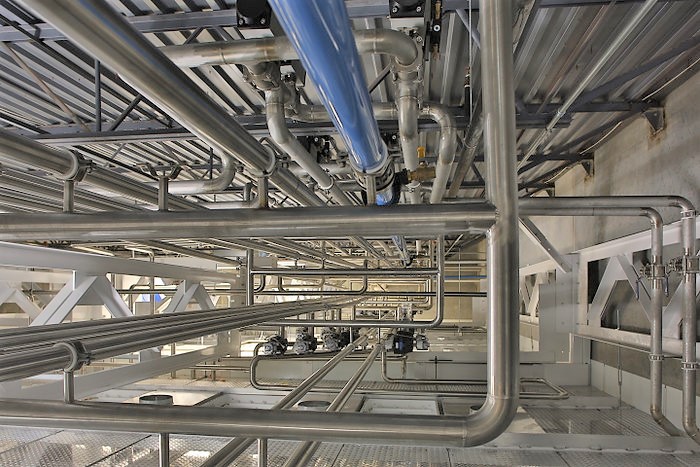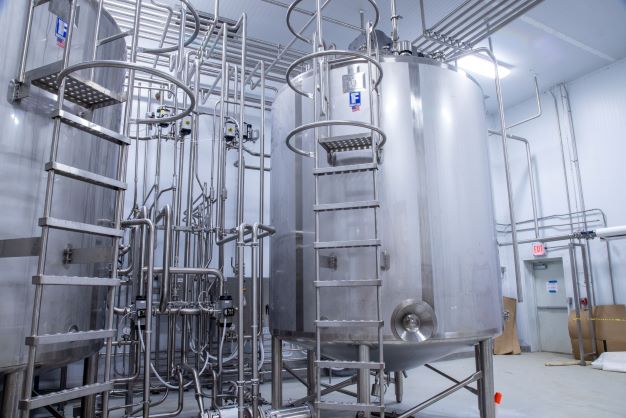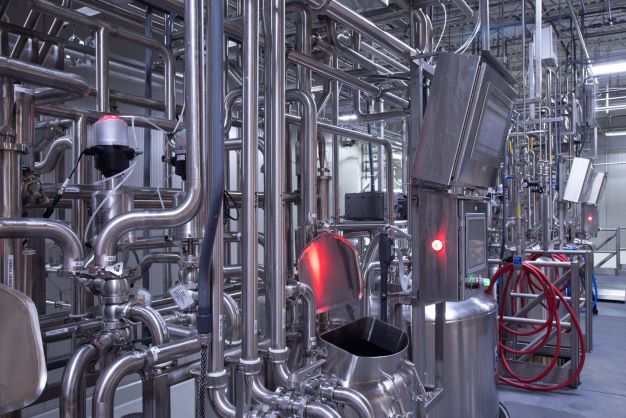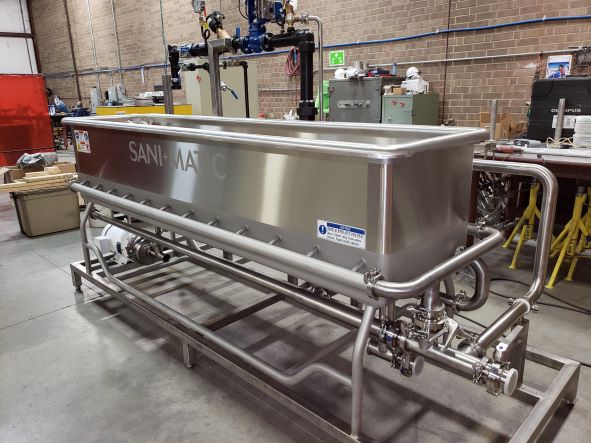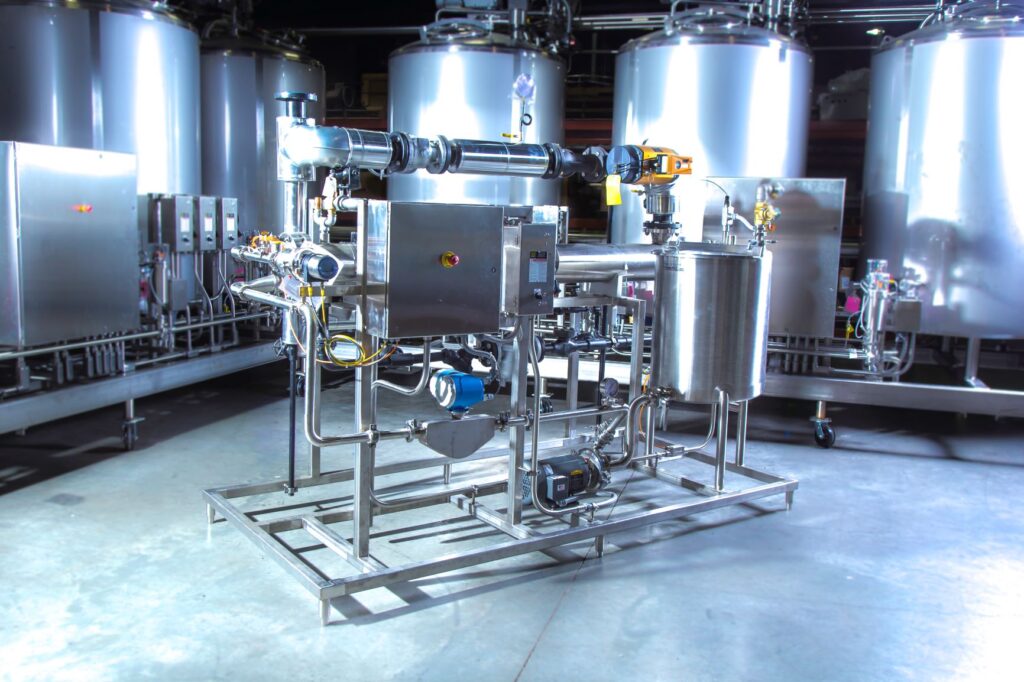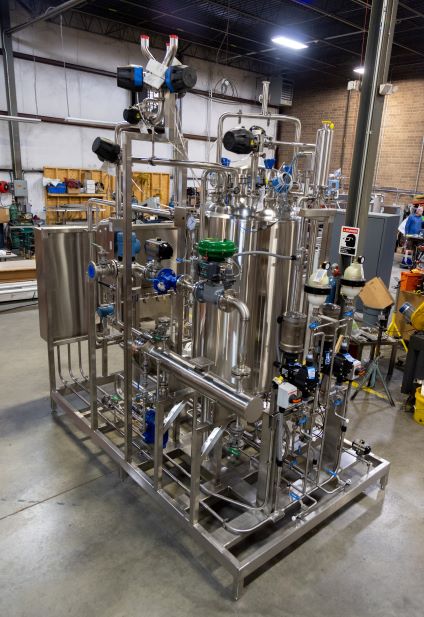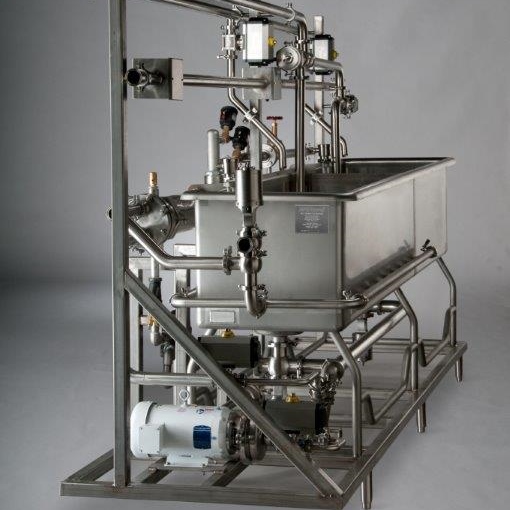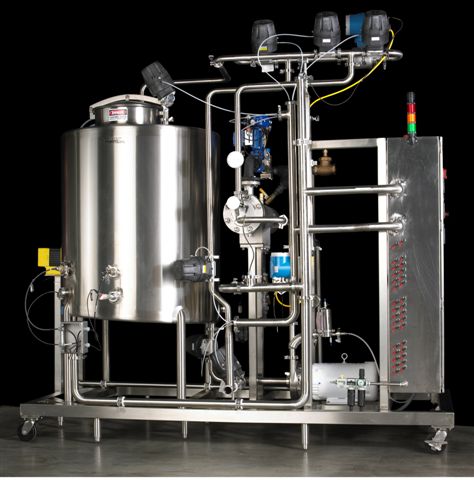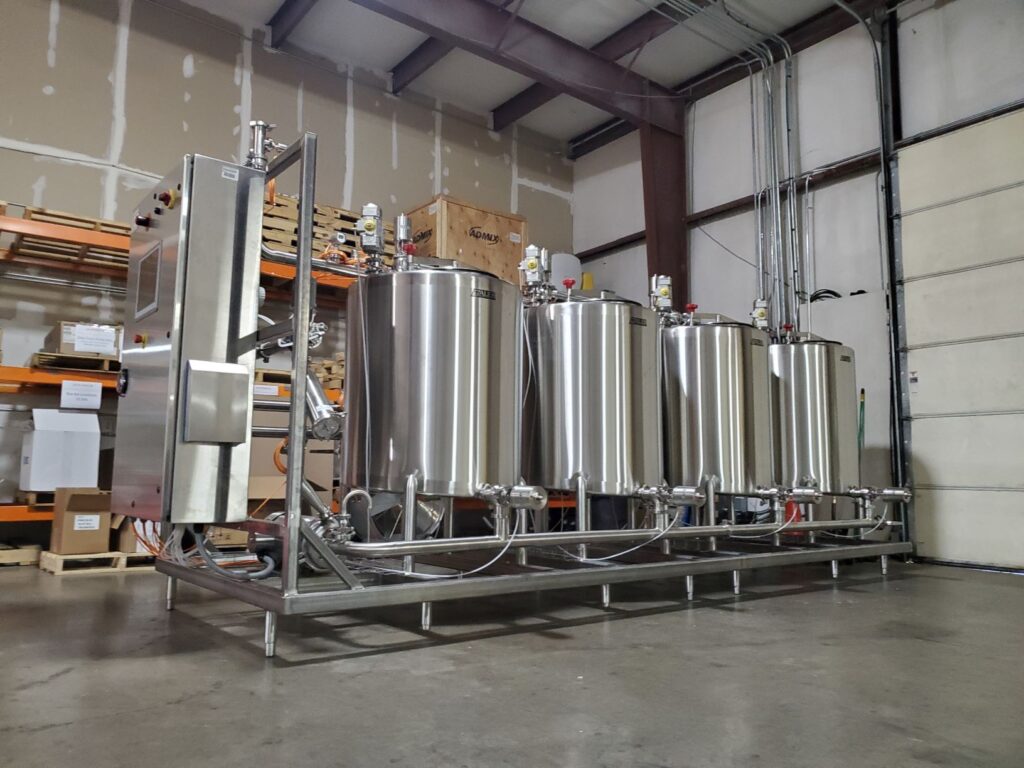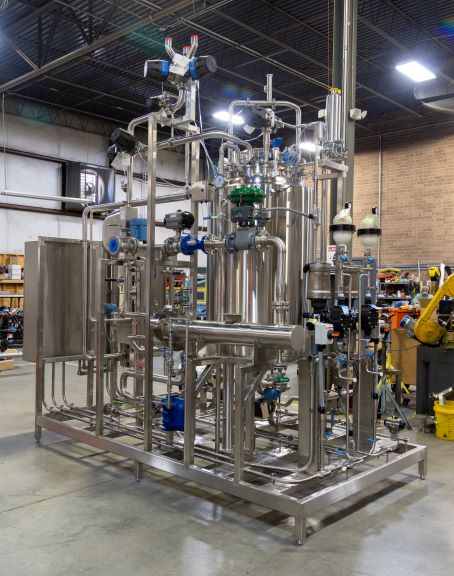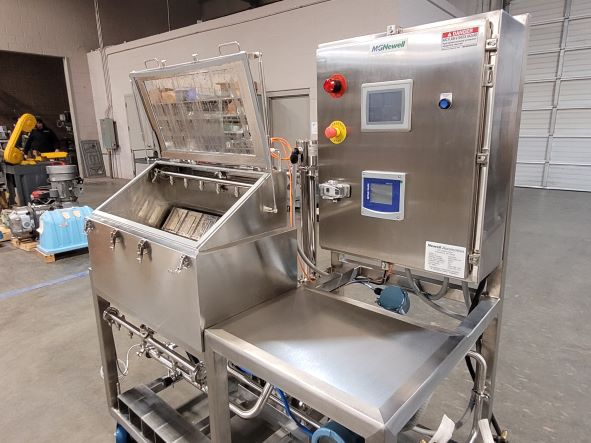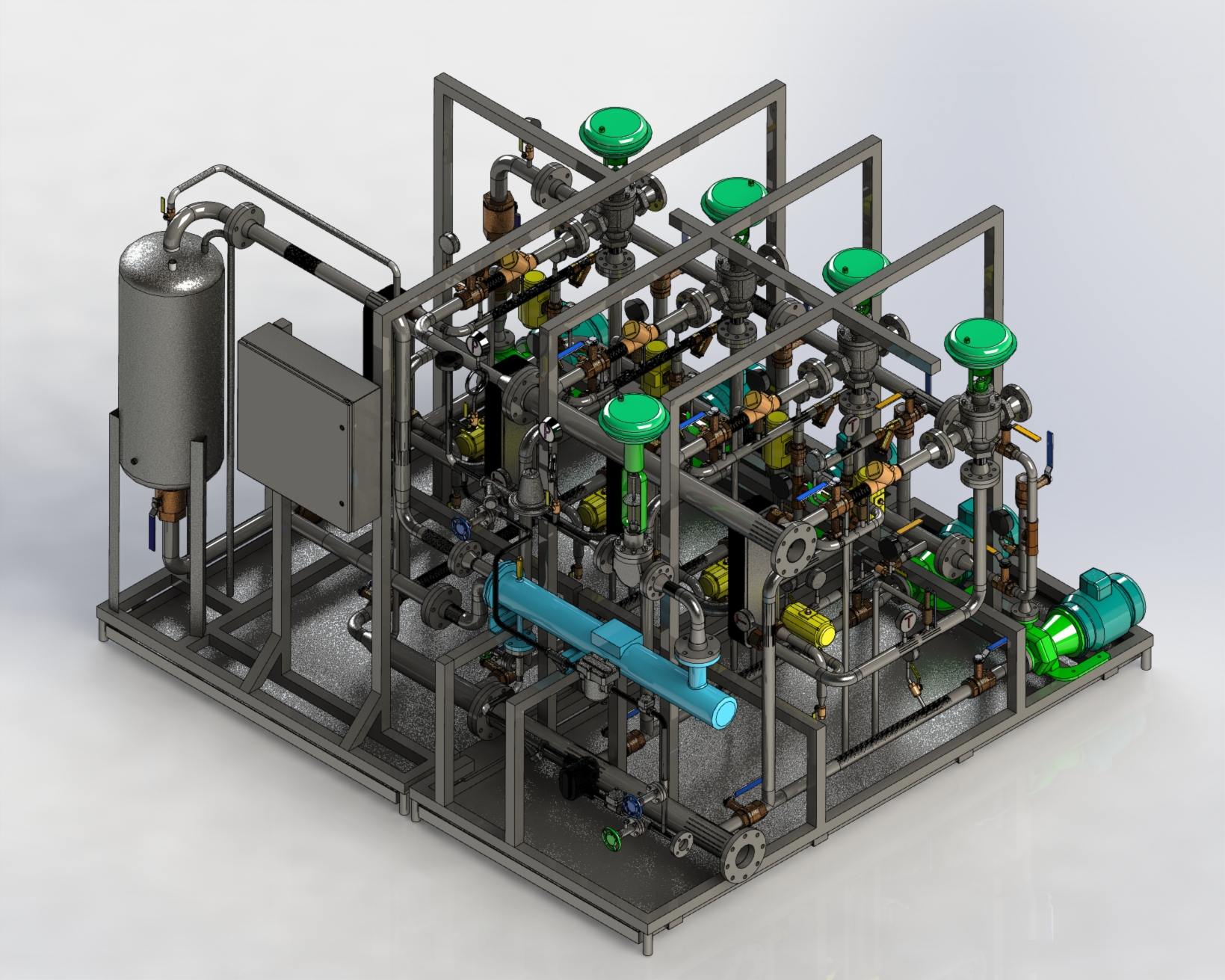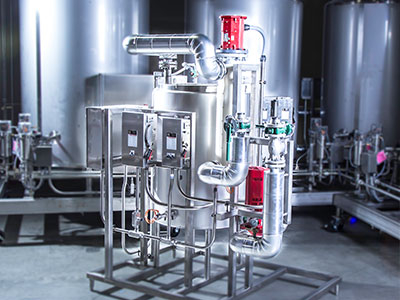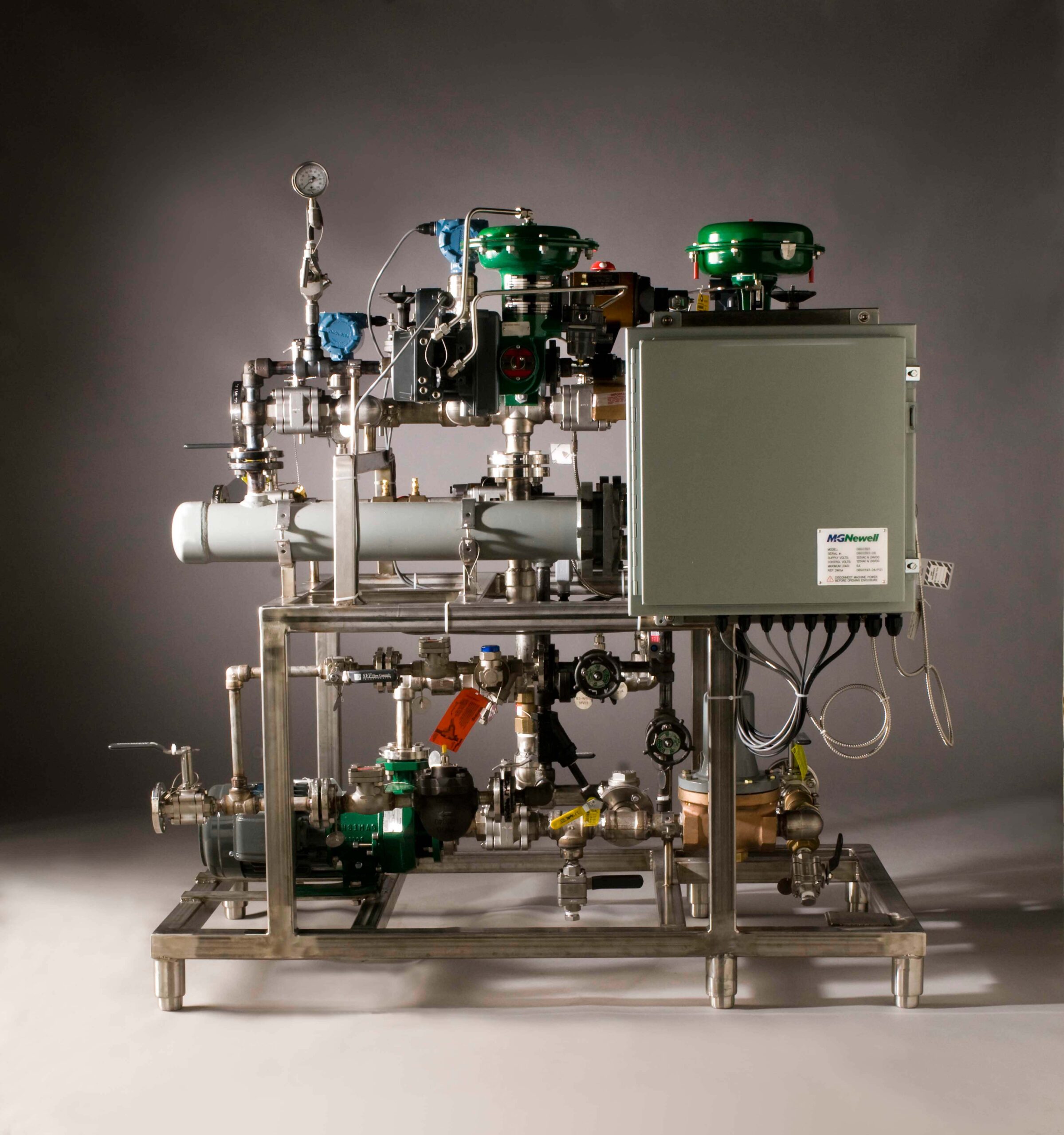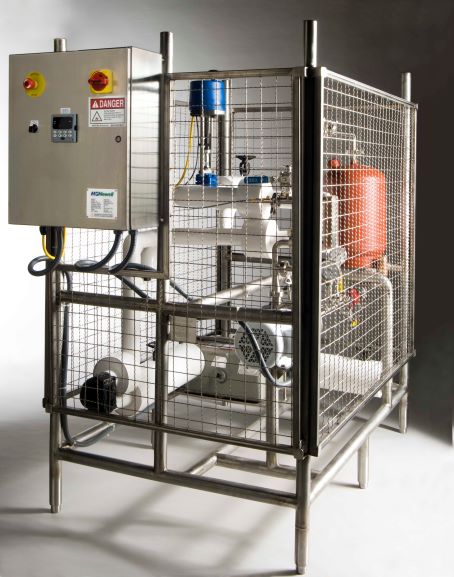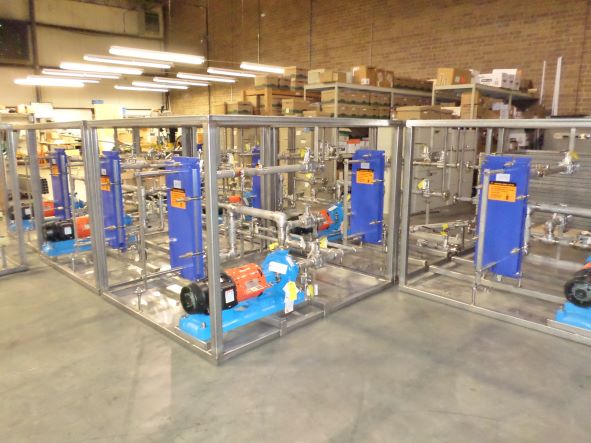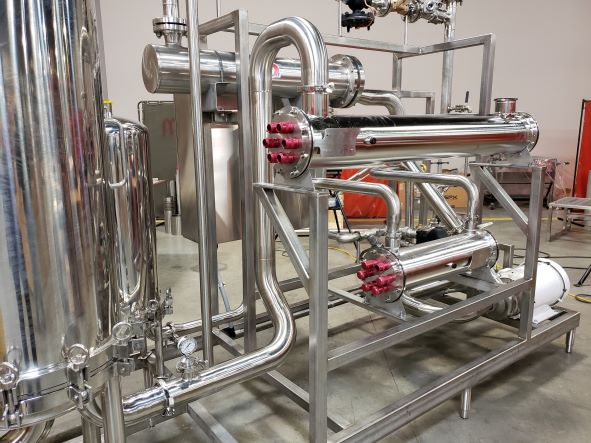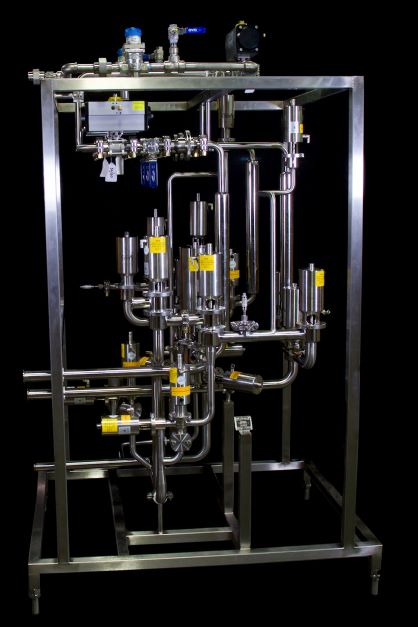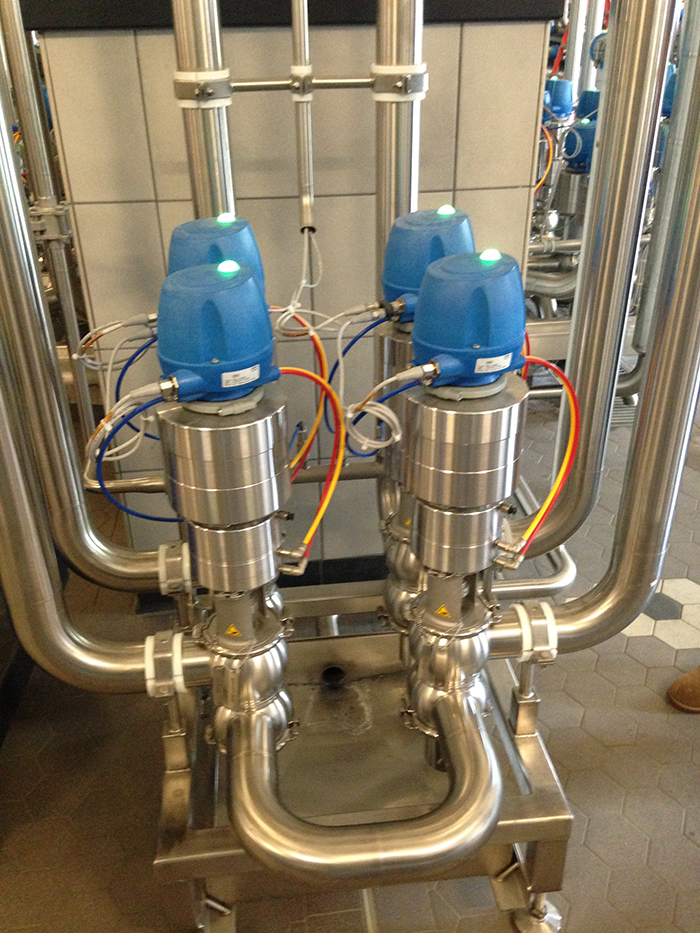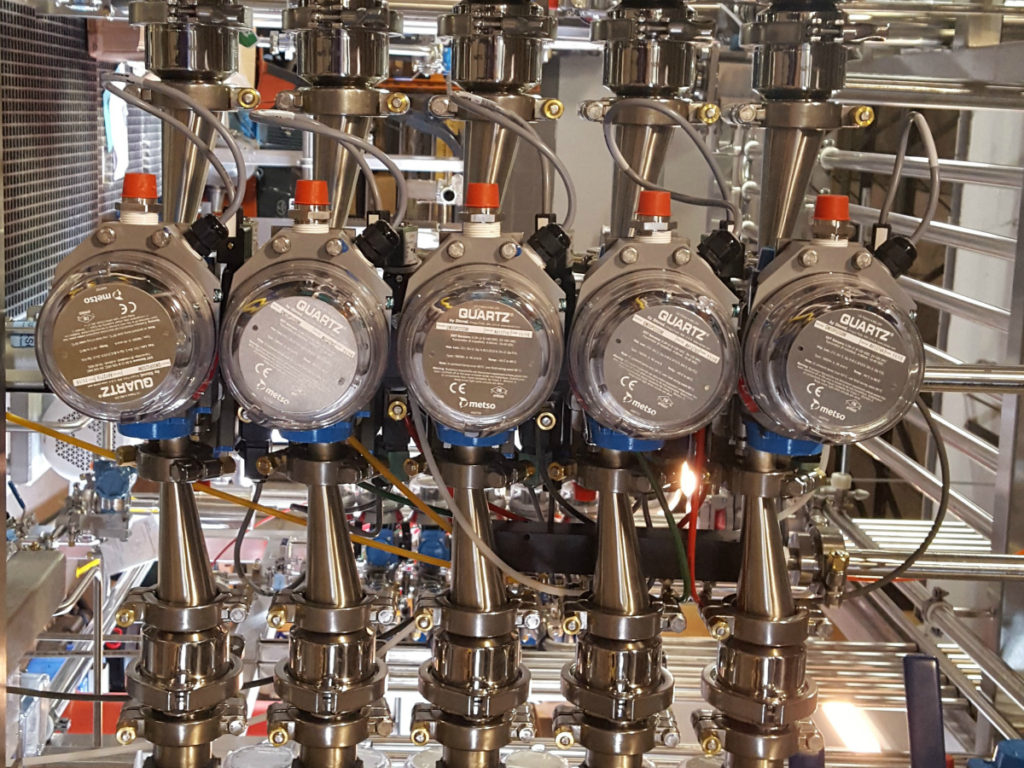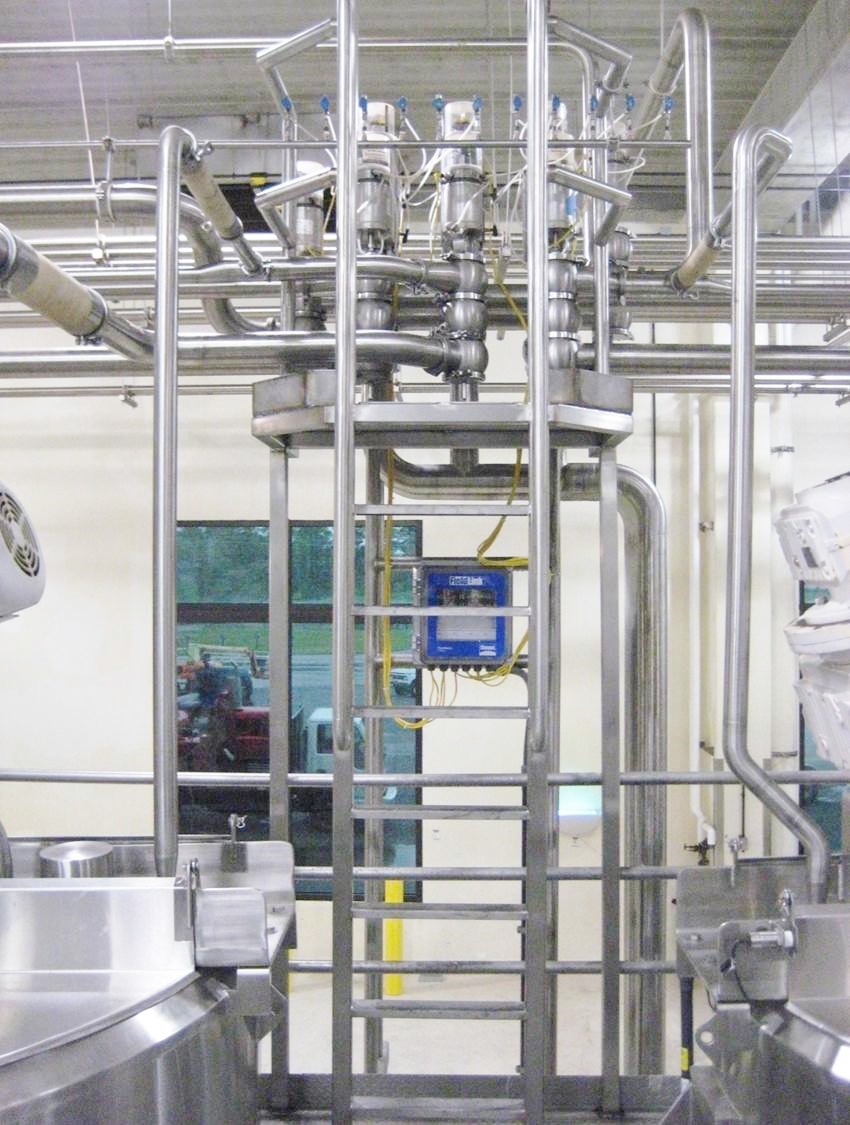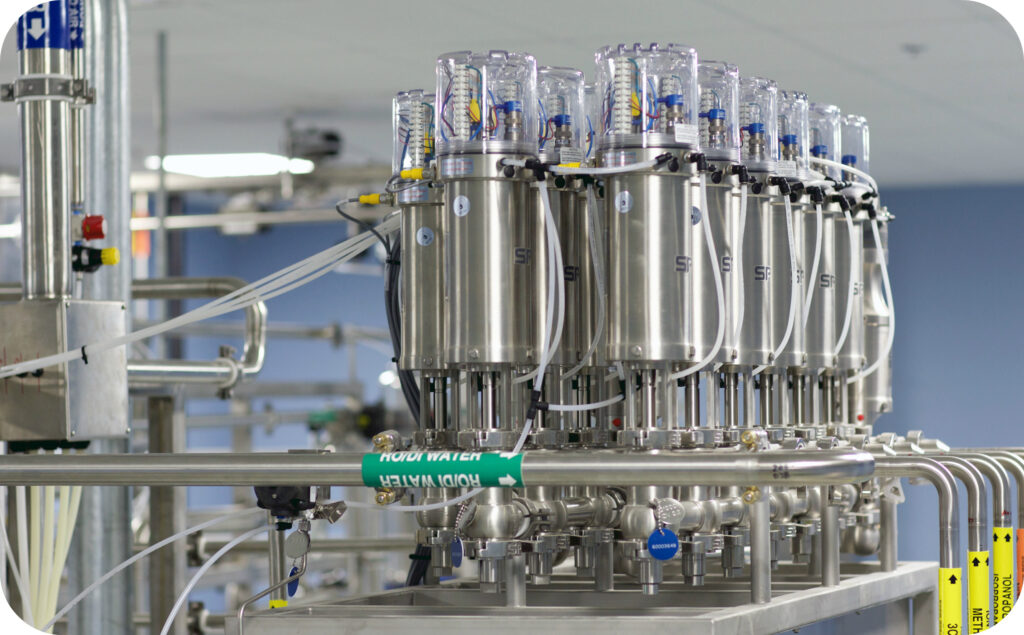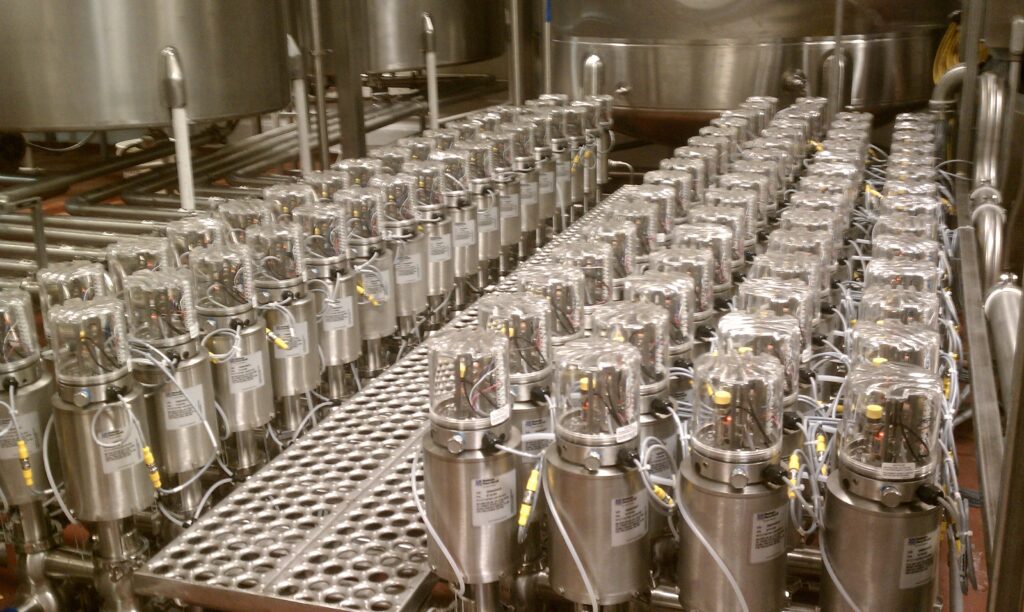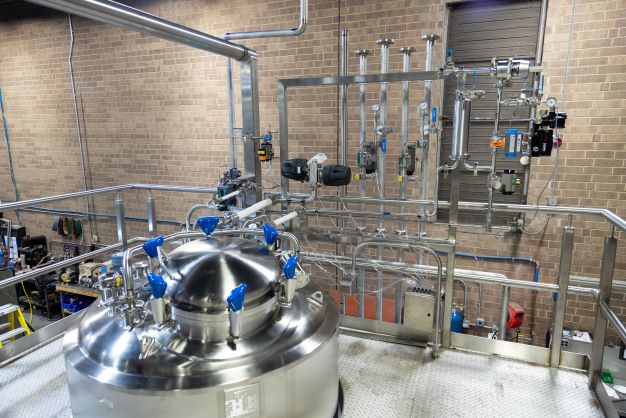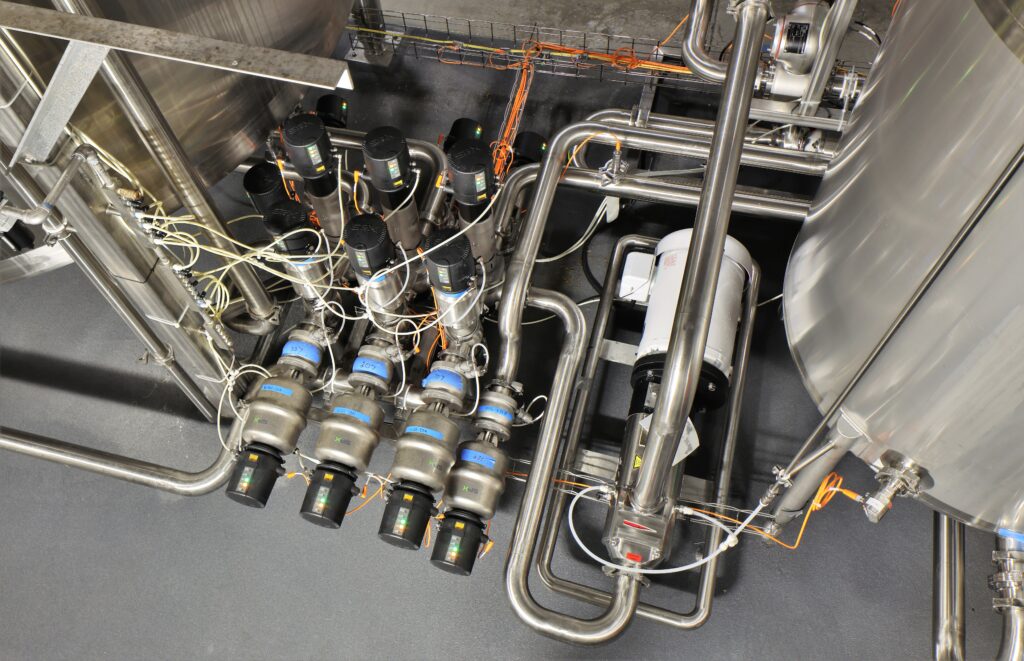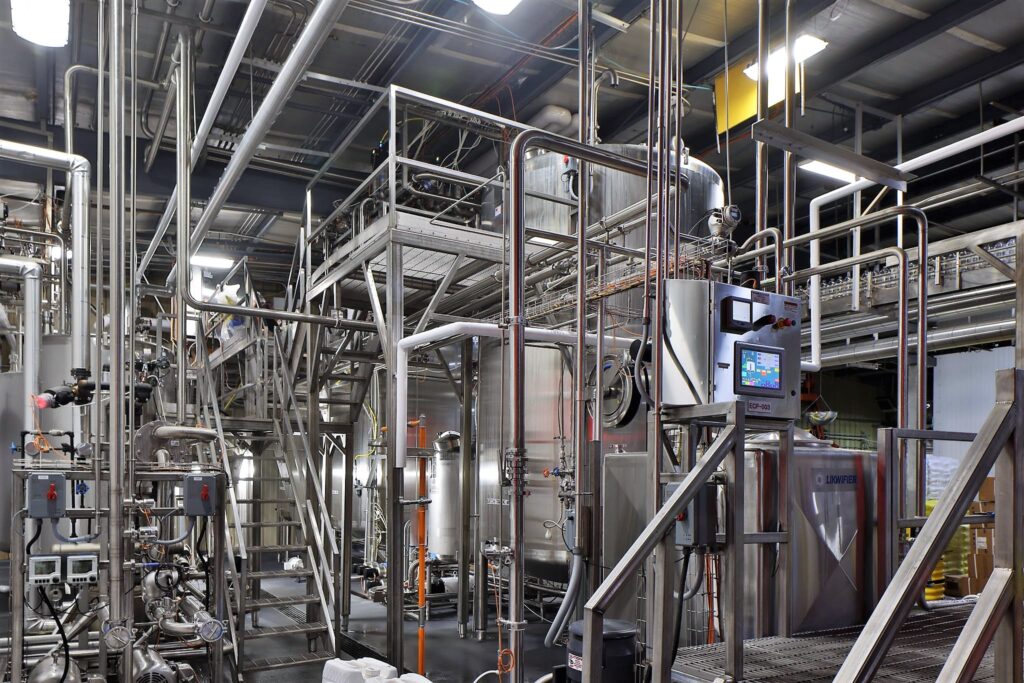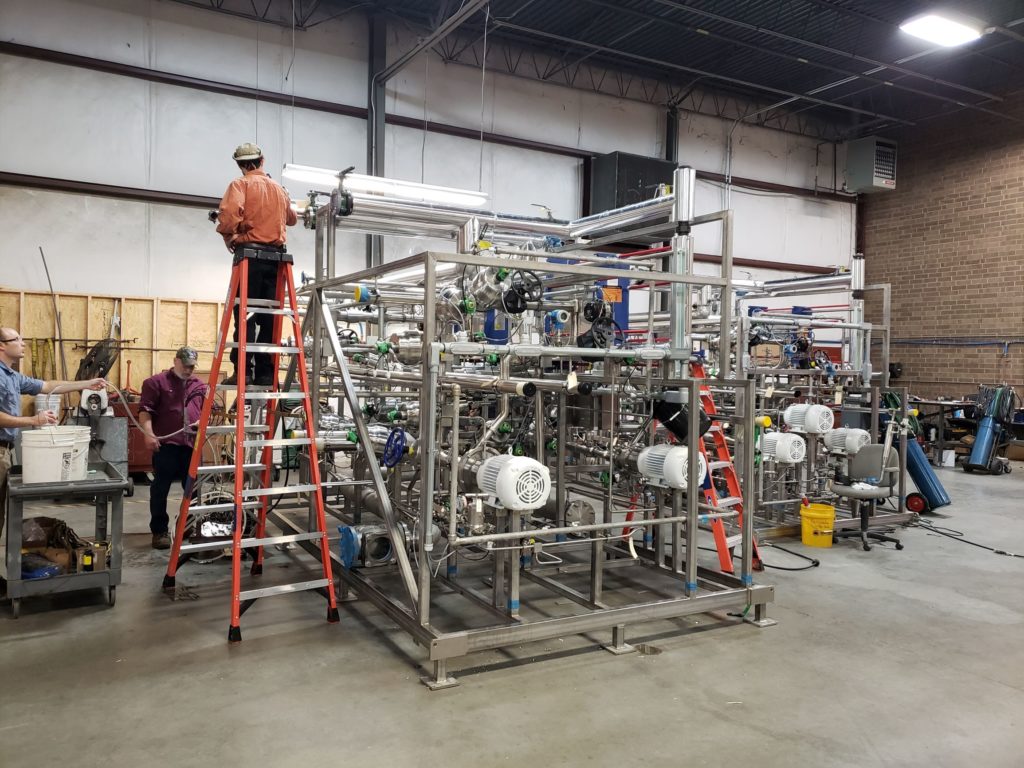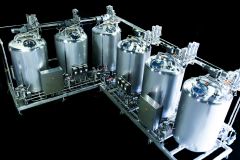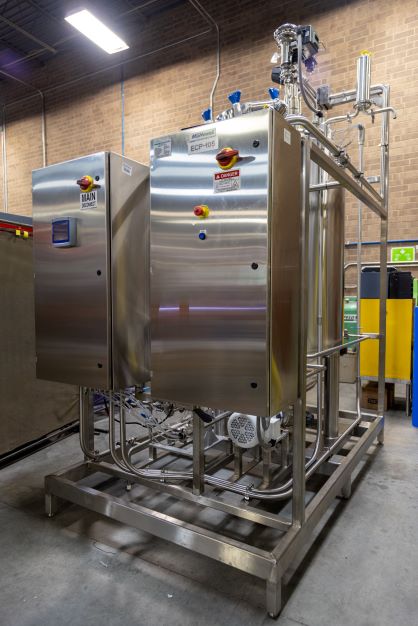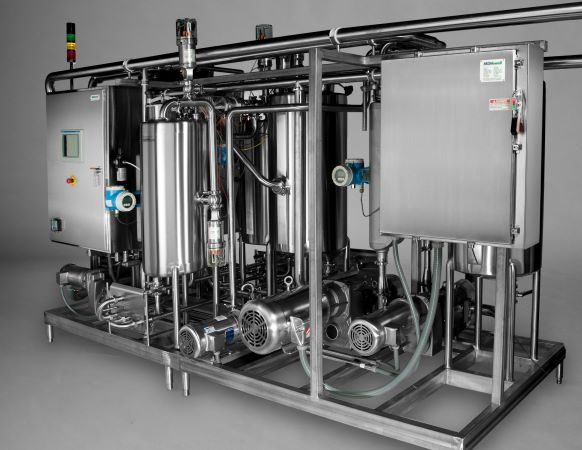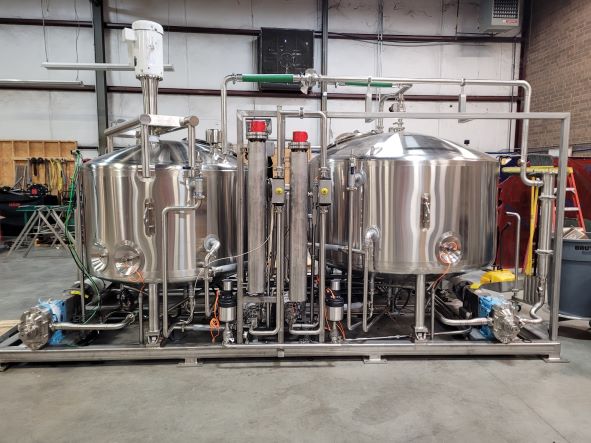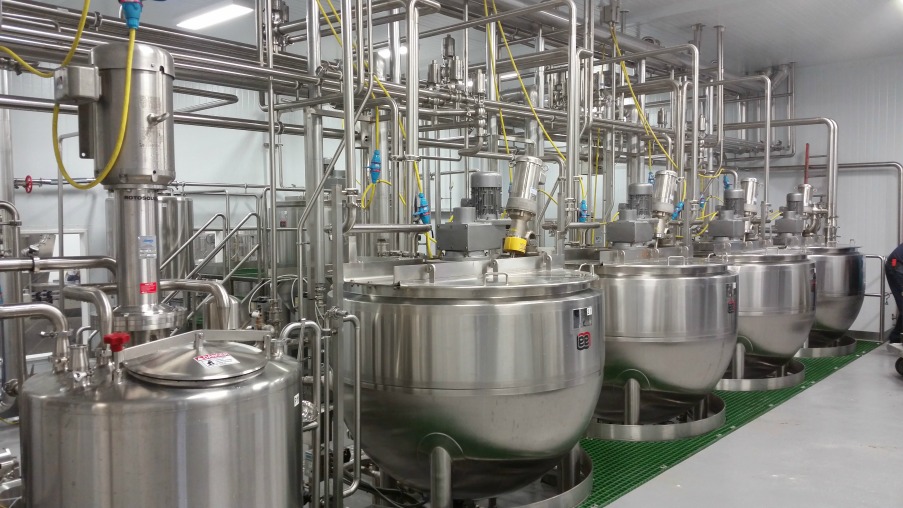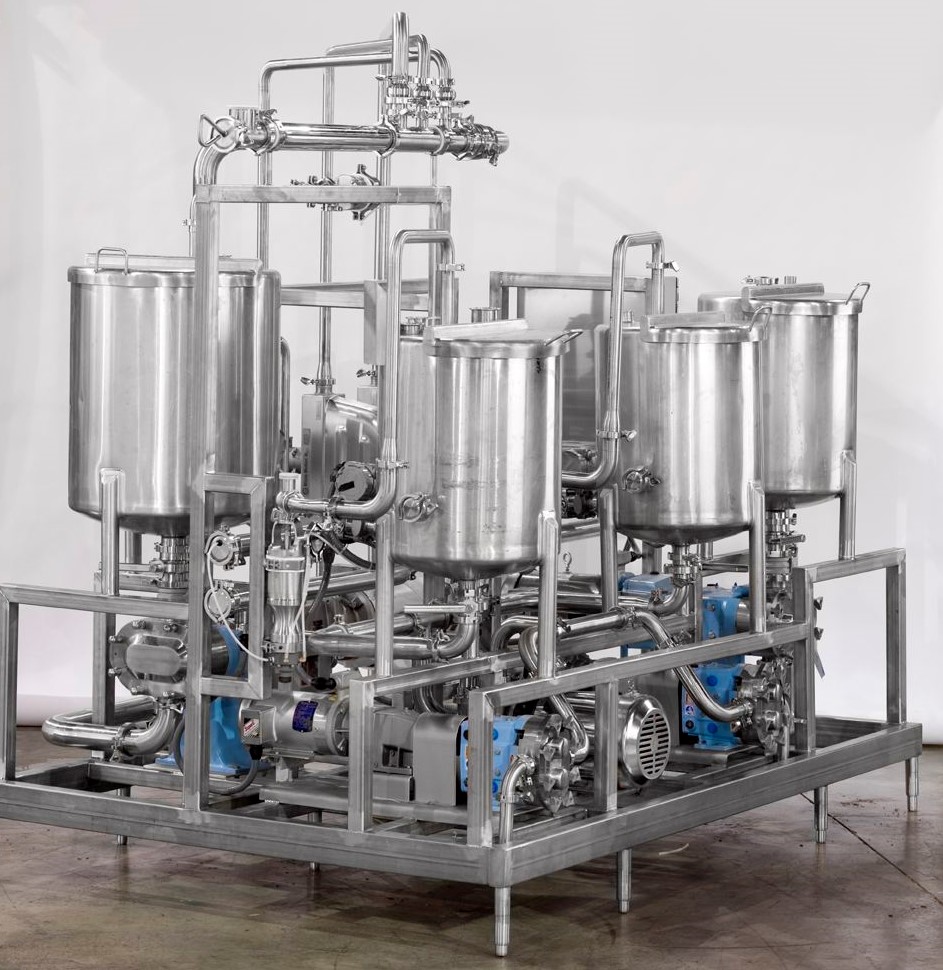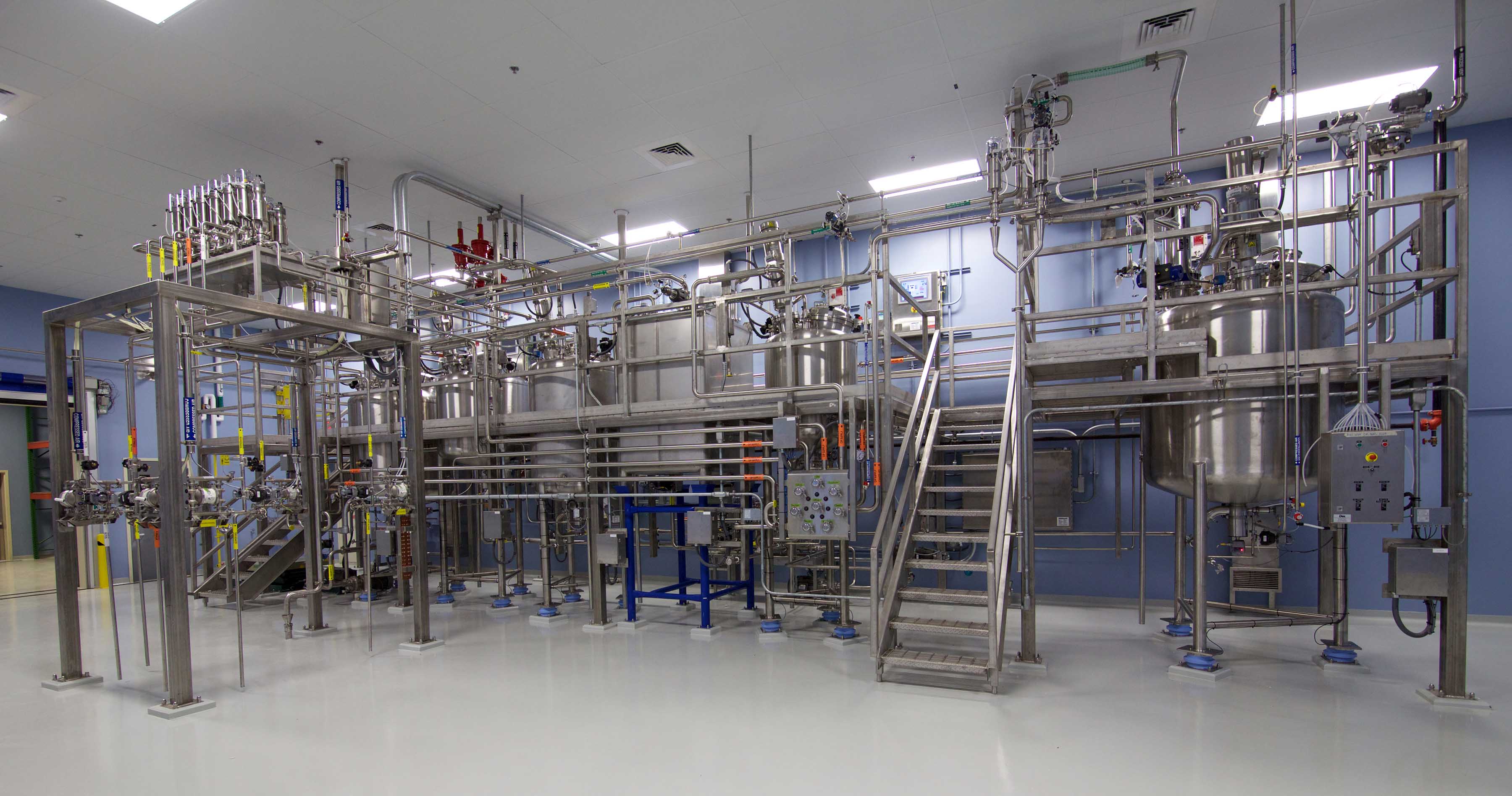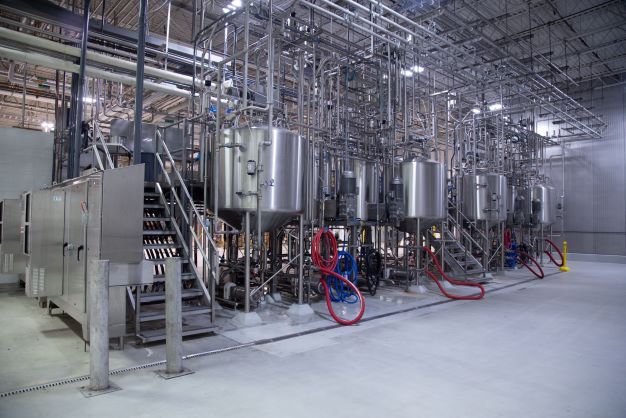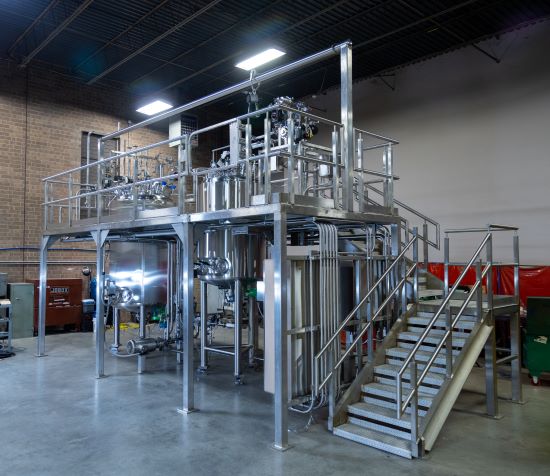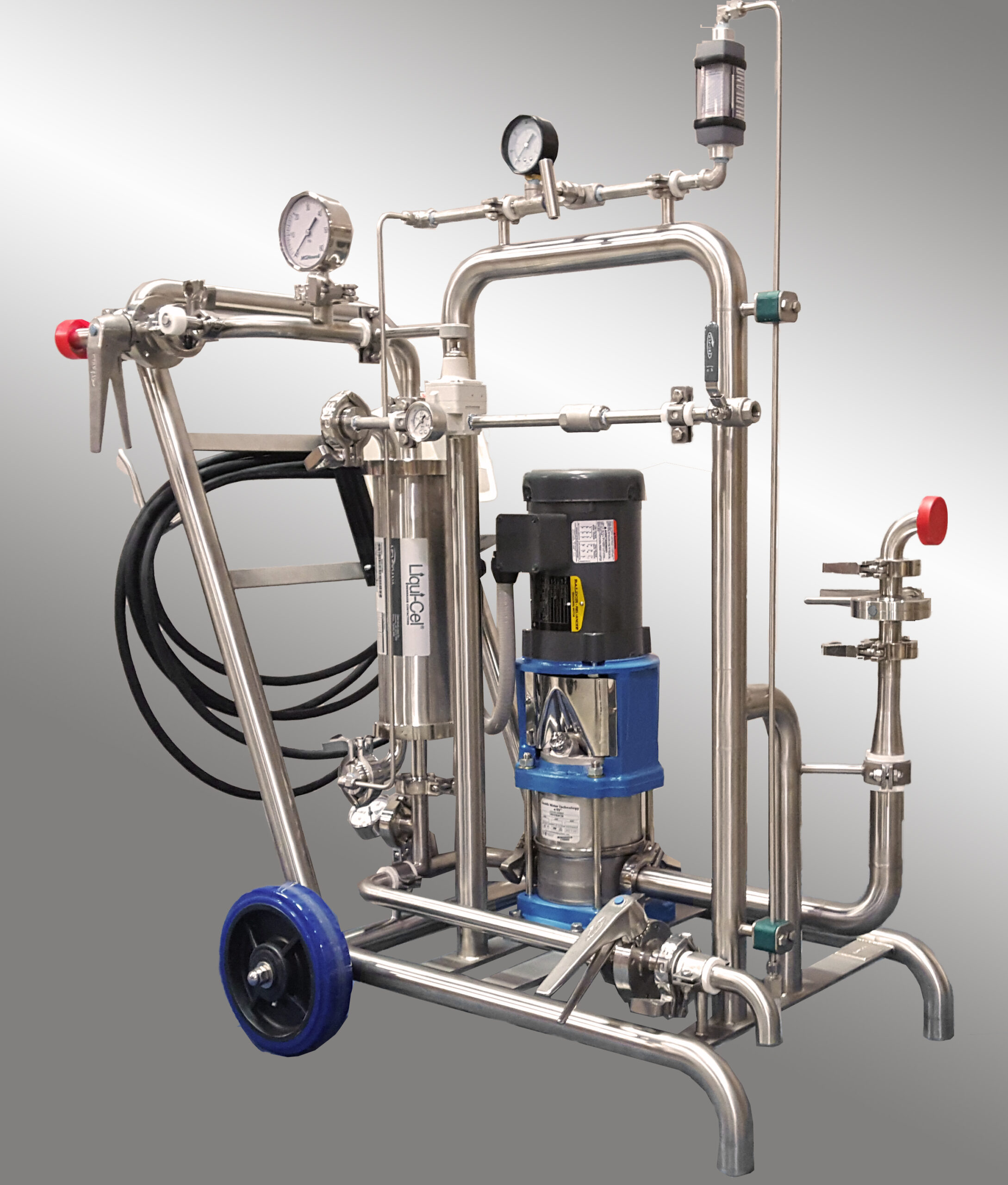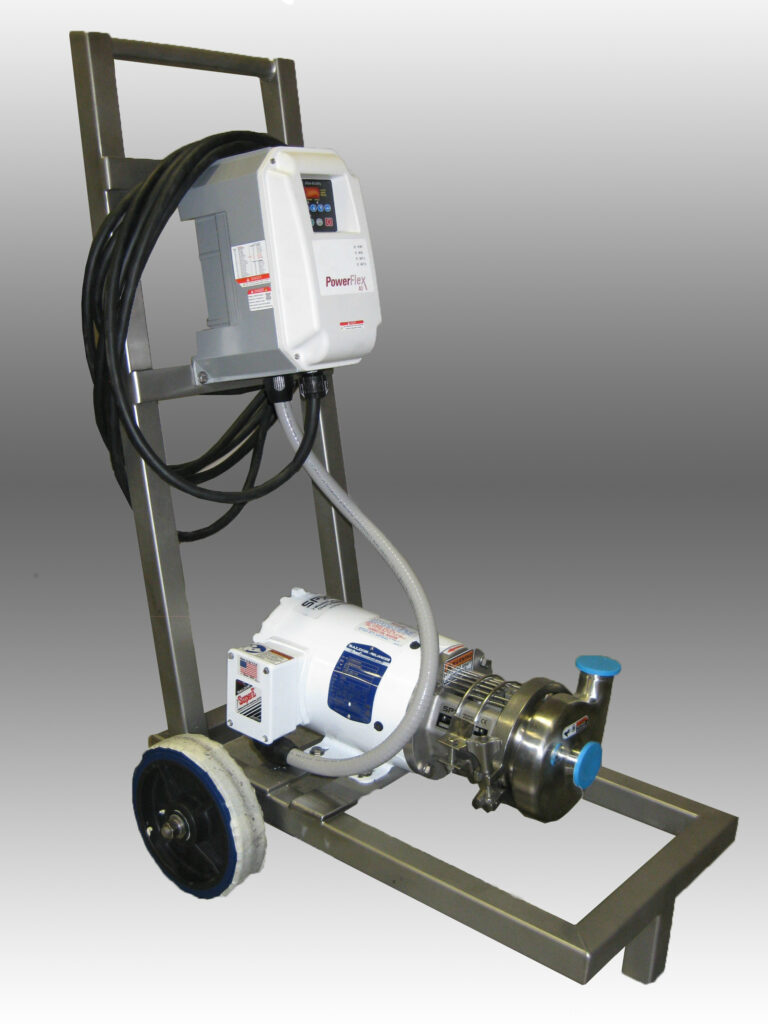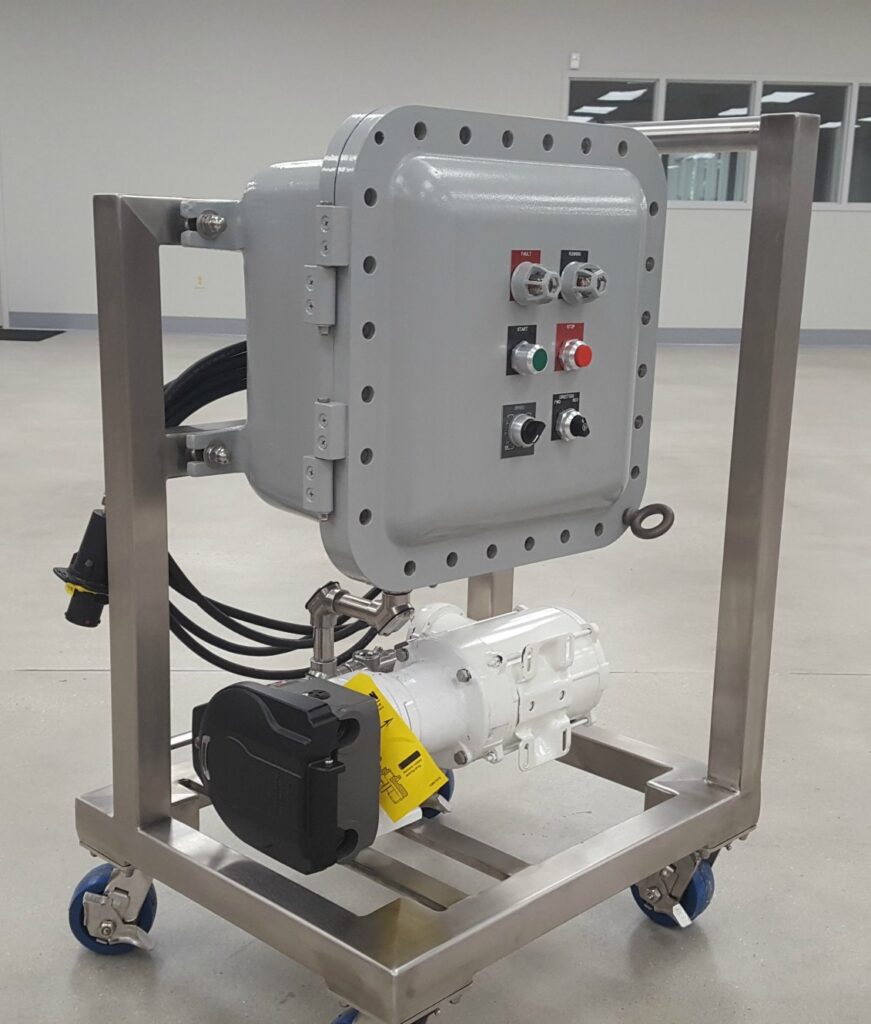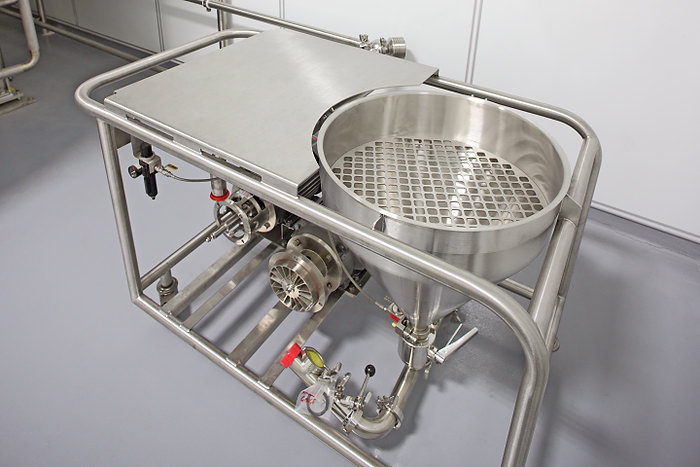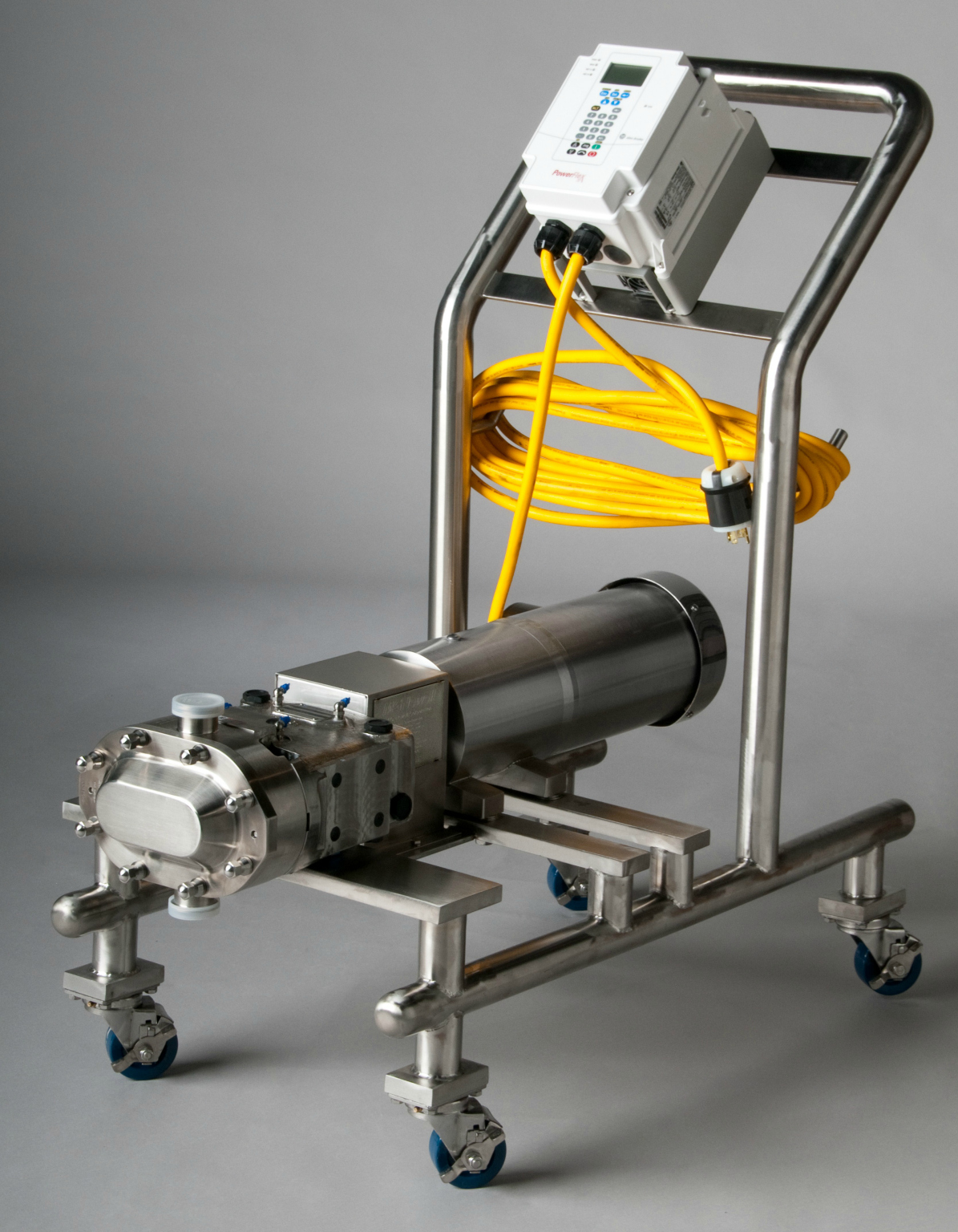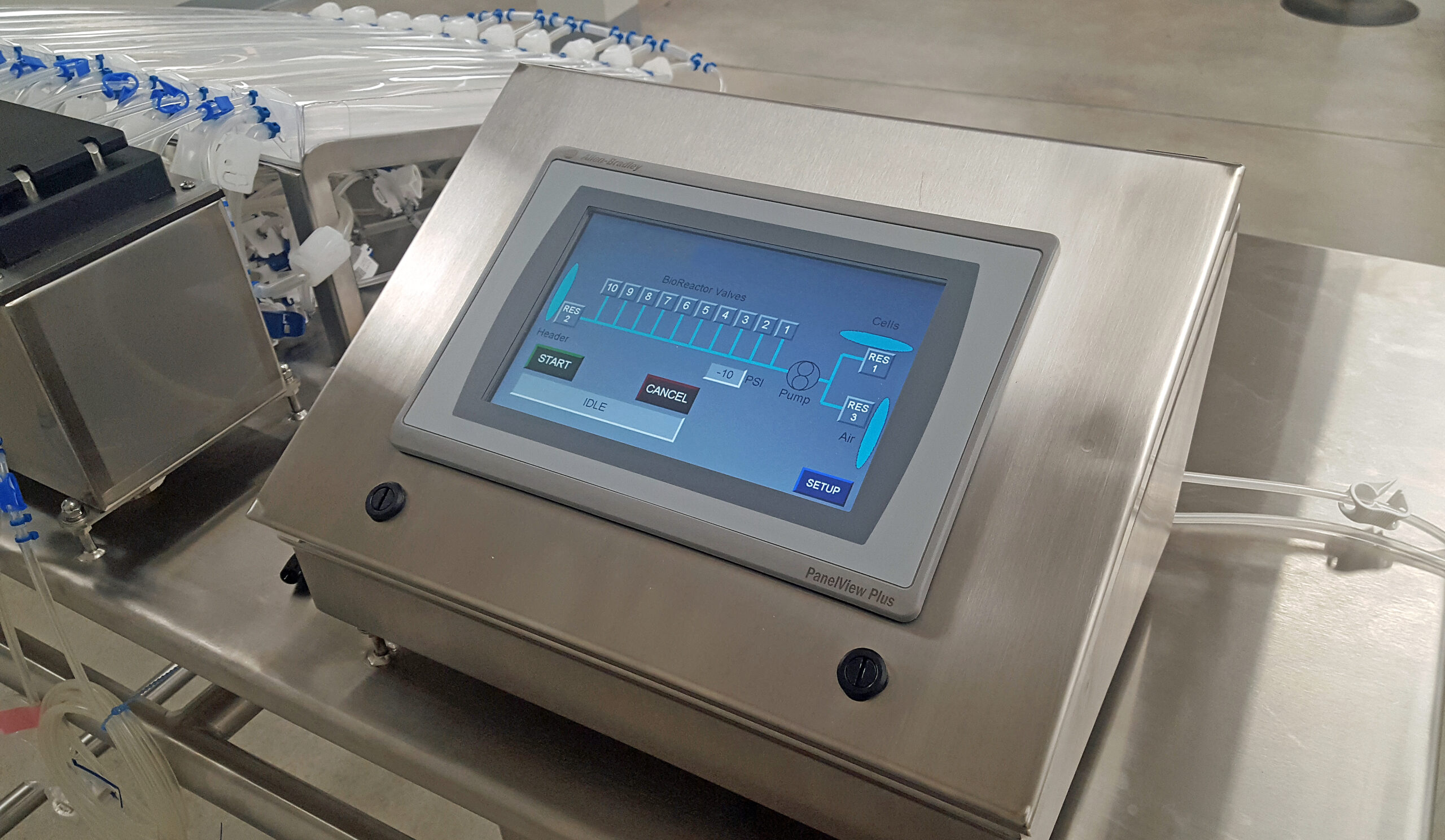A VFD is a device that controls the speed of an electrical motor by varying the frequency and voltage of its power supply. The VFD also has ramp-up and ramp-down capabilities to start and stop the electrical motor smoothly.
Here some reasons why we need to control the speed of an electrical motor.
- Save energy and improve system efficiency.
- Reach the desired torque or power for the process requirements.
- Lower the noise levels of pumps, blowers, fans, compressors, etc.
- Reduce mechanical stress on the machines and improve their life cycle.
- Improve the working environment.
3 Primary Sections
A VFD consists of 3 primary sections: the rectifier/converter, the DC Bus, and the inverter.

The rectifier/converter is the first of the three sections of a VFD’s main power circuit. First in terms of power flow. Incoming AC line voltage is rectified or converted to DC voltage in the converter section. Which consists of diodes, silicon-controlled rectifiers (SCRs), or insulated gate bipolar transistors (IGBTs) connected in a full-wave bridge configuration. One rectifier will allow power to pass through only when the voltage is positive. And then a second rectifier will allow power to pass through only when the voltage is negative. You will use two rectifiers for each phase of power.
The DC Bus is the 2nd section of a VFDs main power circuit. The main function of this link is to store, smooth and deliver the DC voltage. The incoming power from the rectifier contains voltage ripples which smooths out using capacitors.
The 3rd section of a VFD power circuit is the Inverter. The inverter section of a VFD is the primary difference between an AC drive and a DC driver. This section is comprised of Insulated Gate Bipolar Transistors (IGBTs). Which convert the DC voltage back into AC voltage to feed the motor. IGBTs are very fast and very small semiconductor switches that are actuated electronically, so that creates a sinusoidal output current.
A microprocessor unit controls all three of them. It performs numerous functions such as controlling the speed, monitoring the alarms and faults and interfacing the AC drive with different devices using a communication protocol. This means that the user can now control the start/stop function, motor speed control and receive feedback about current speed and other motor or device variables.
For more information, visit our website: www.mgnewell.com and www.newellautomation.com.

